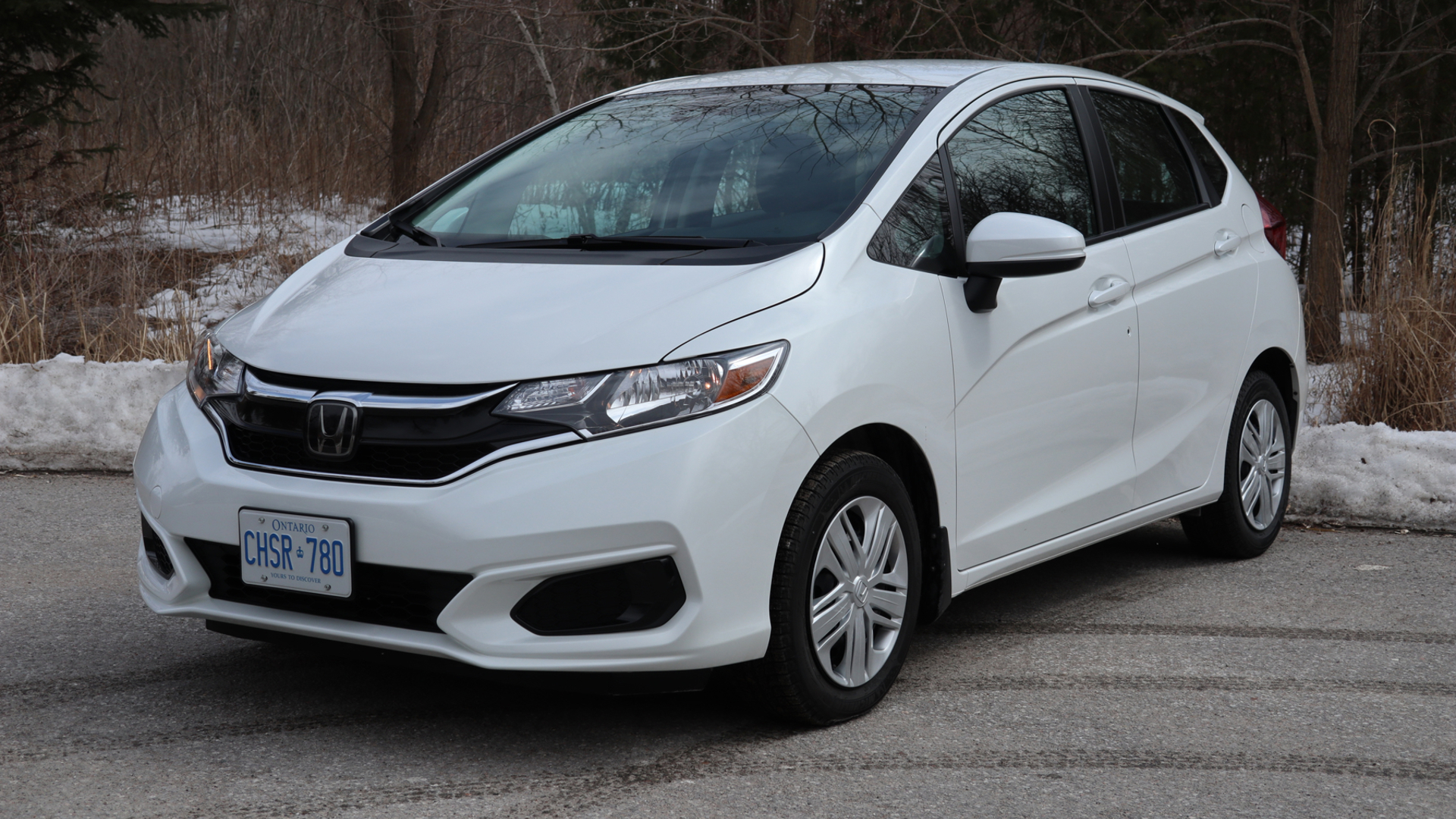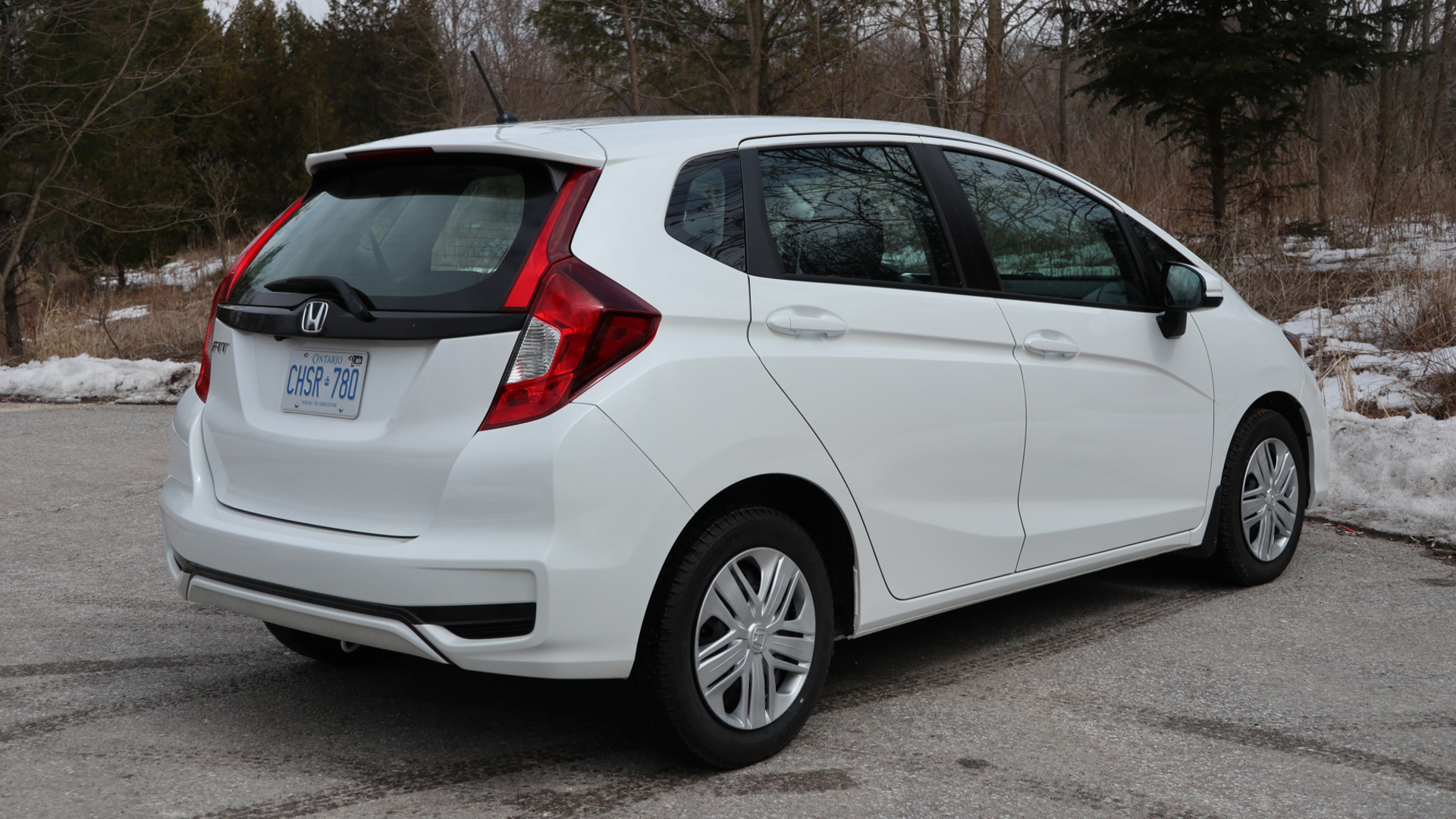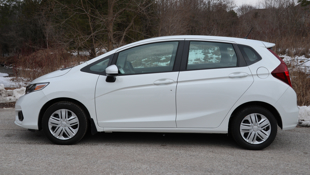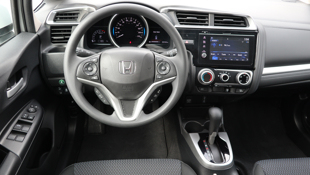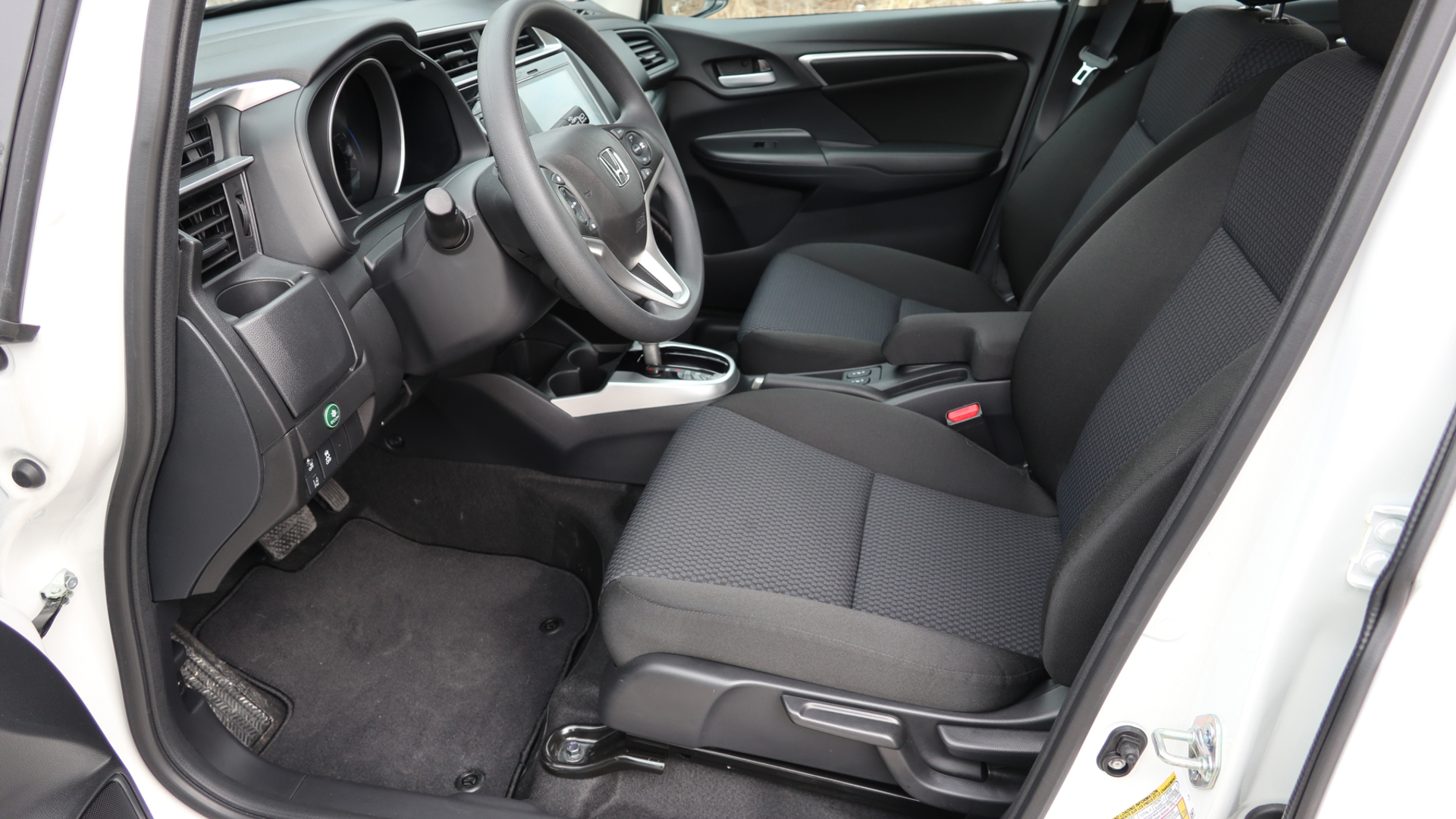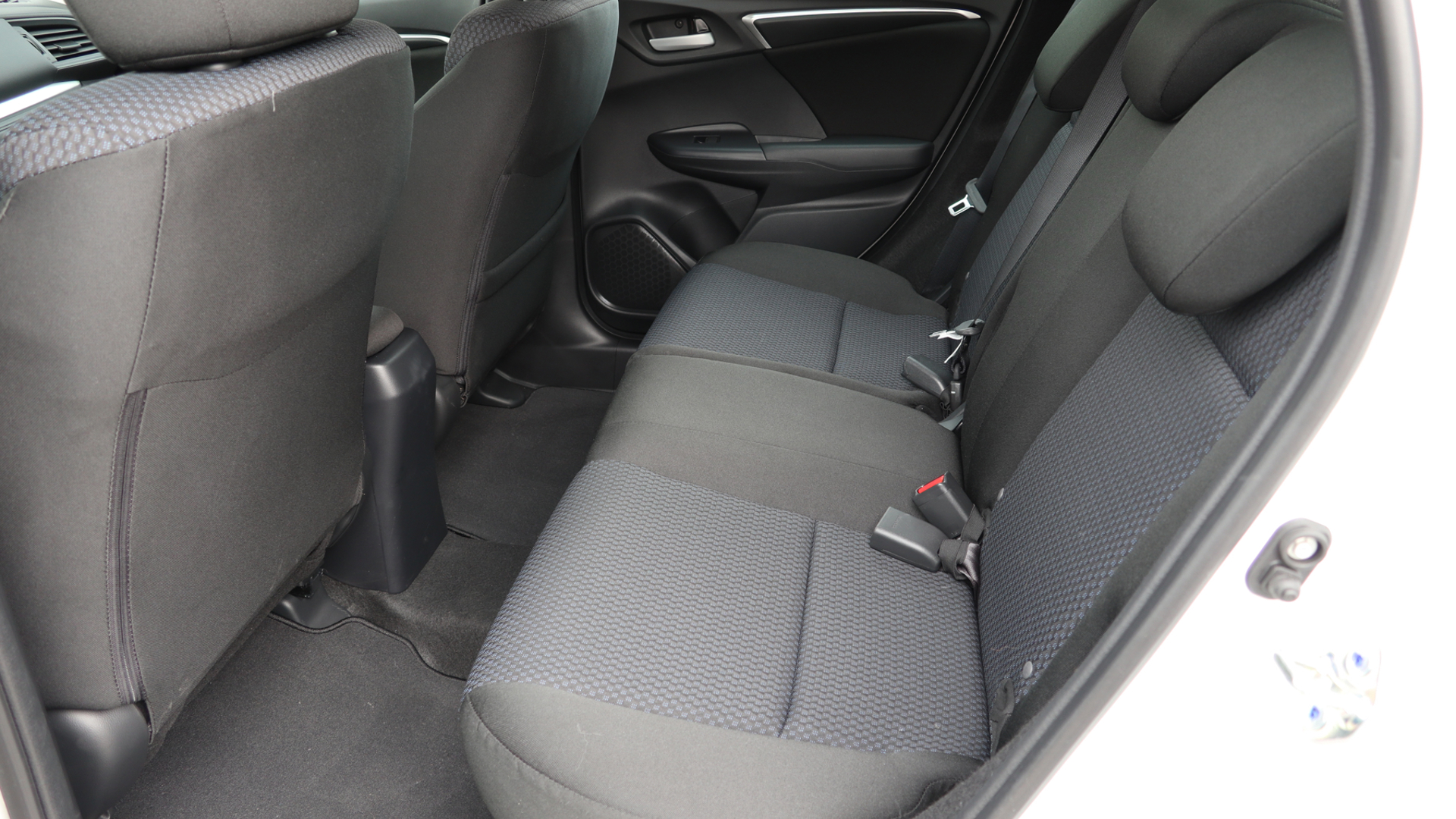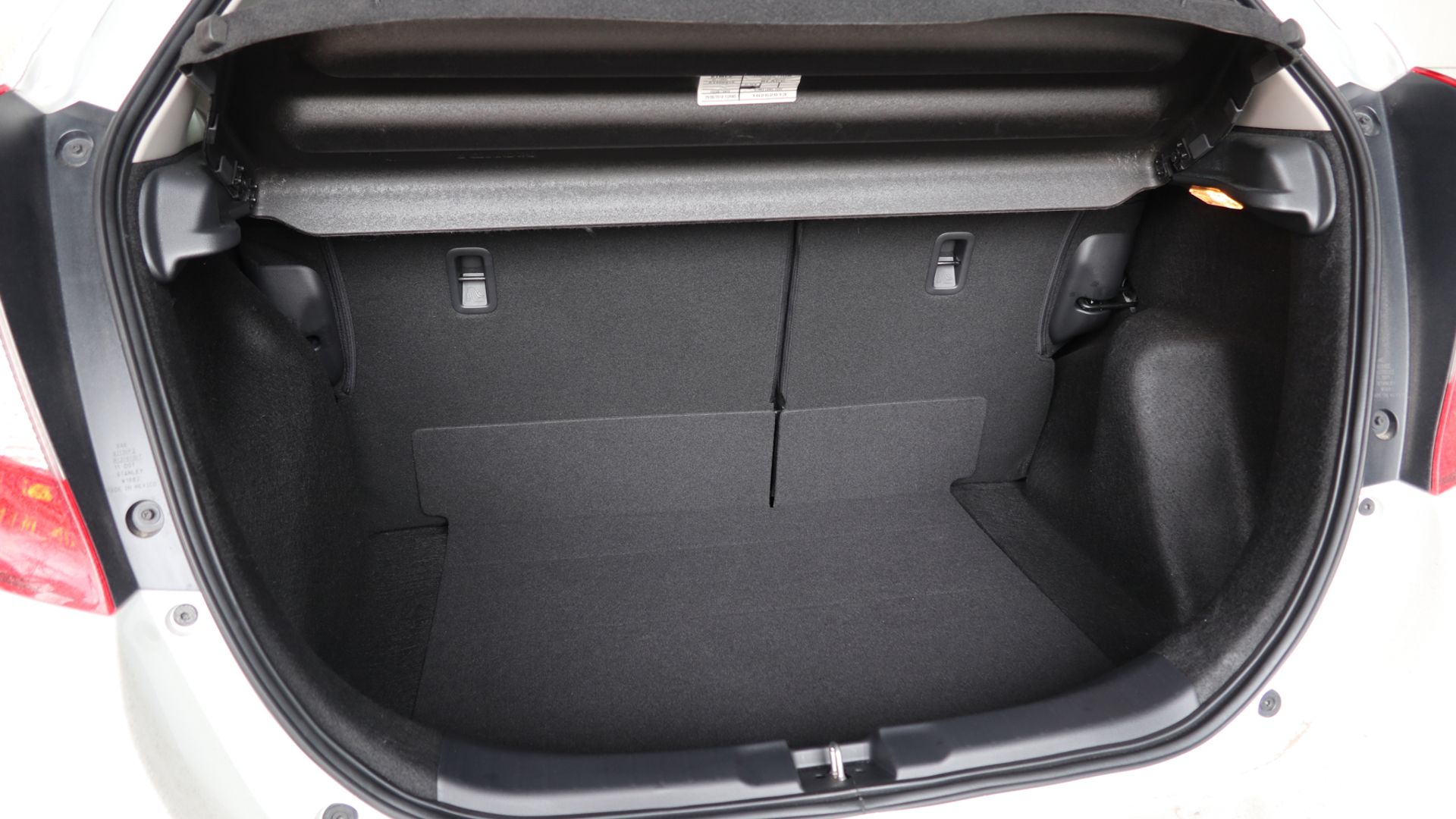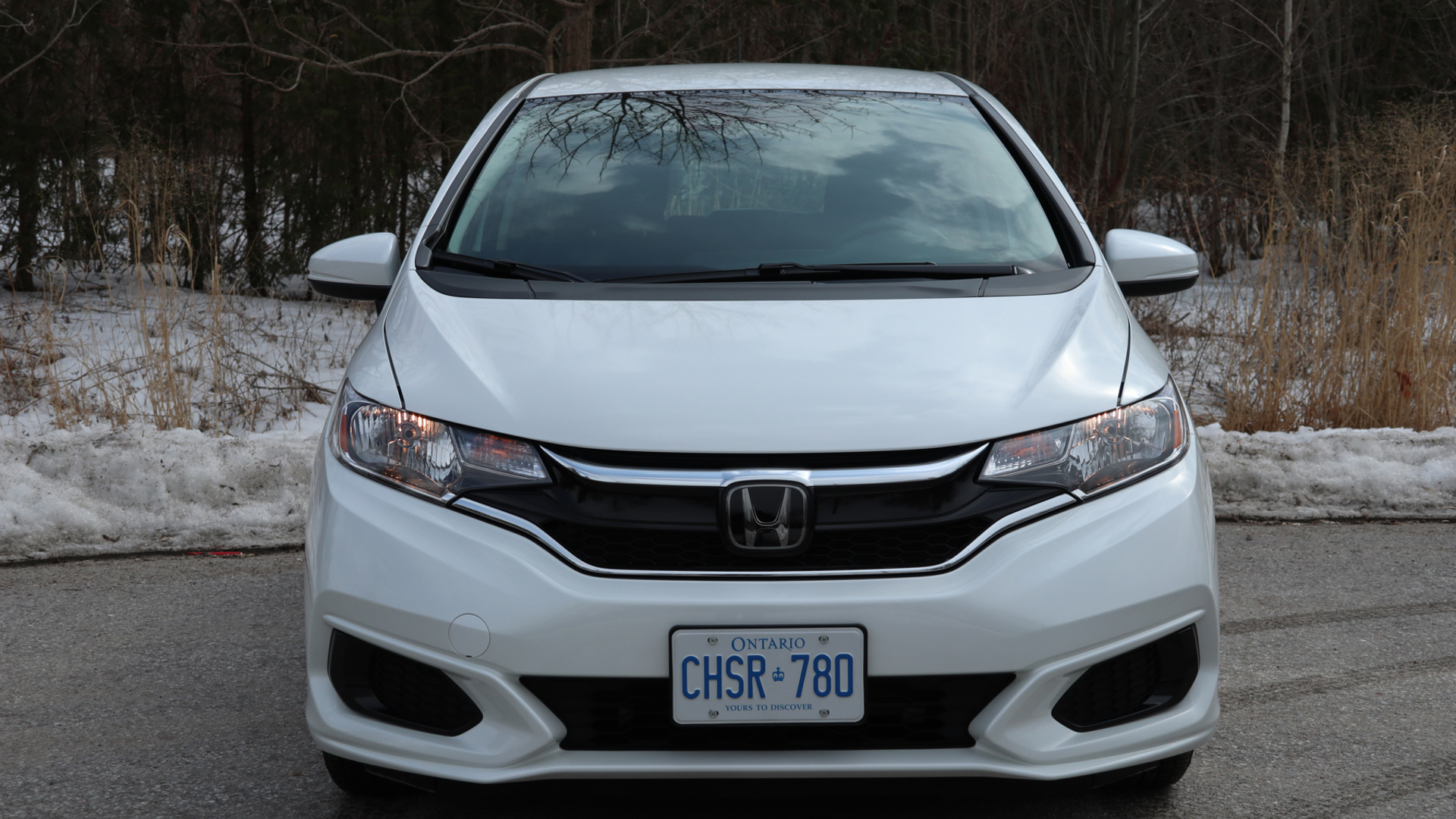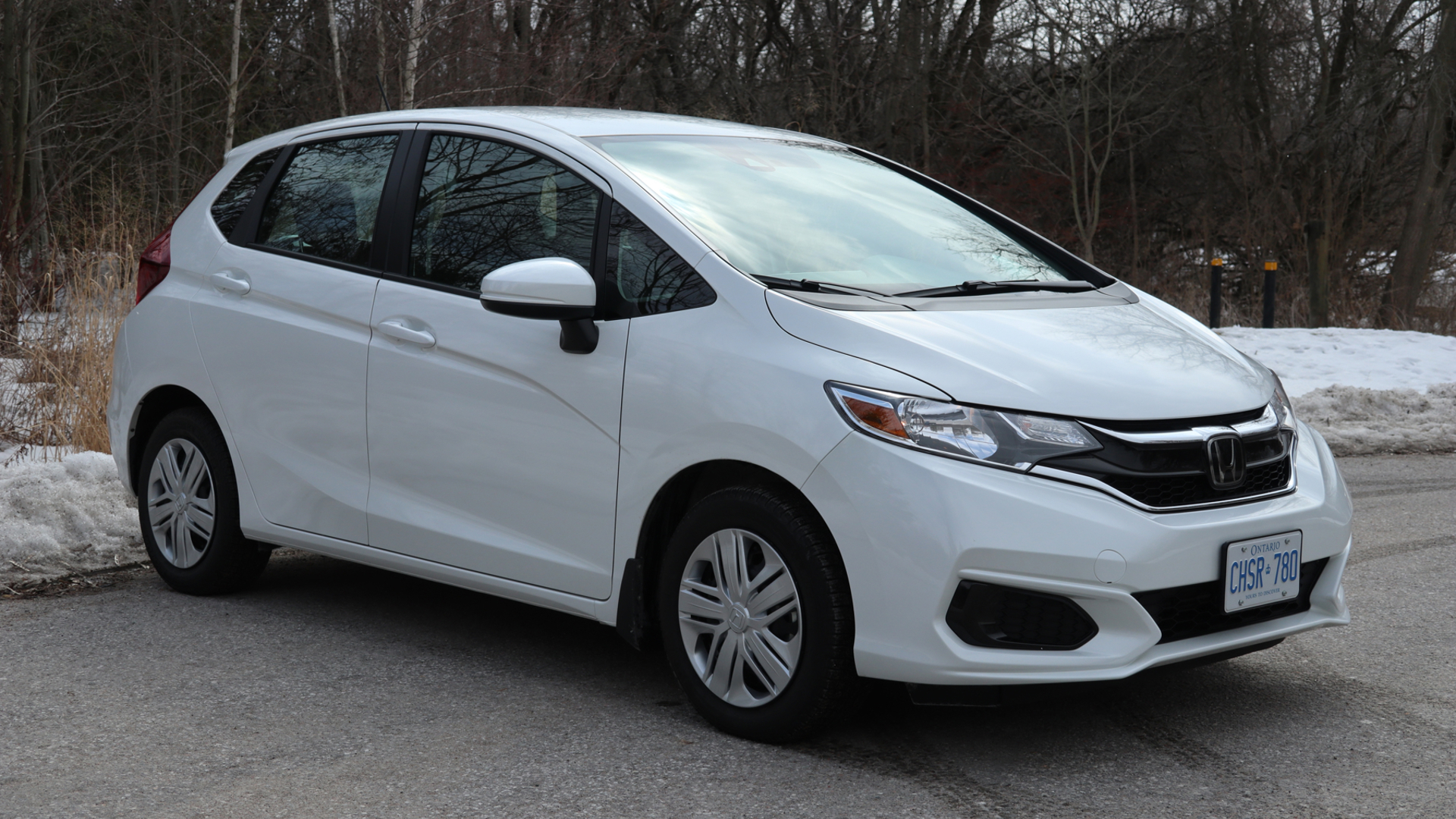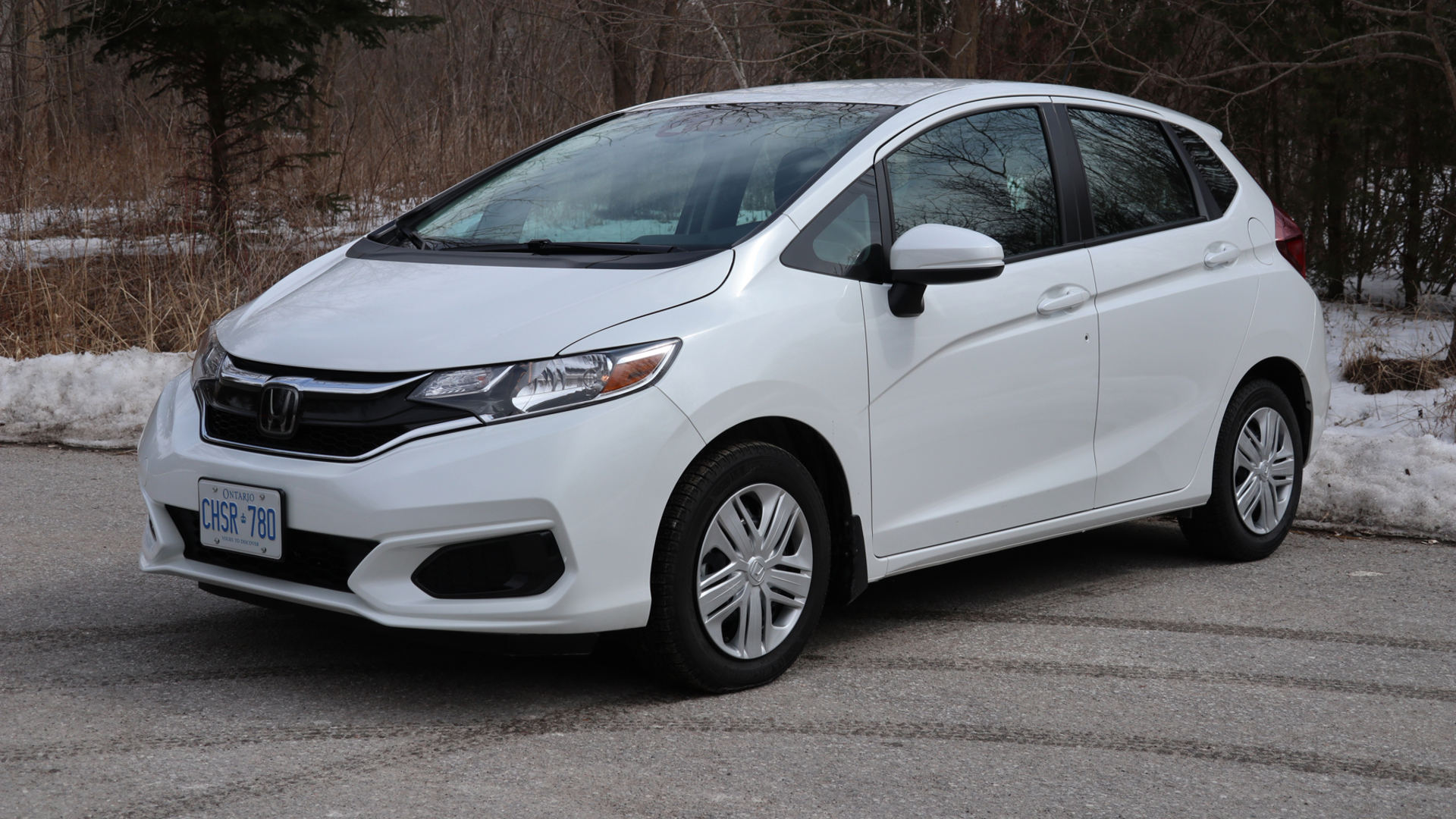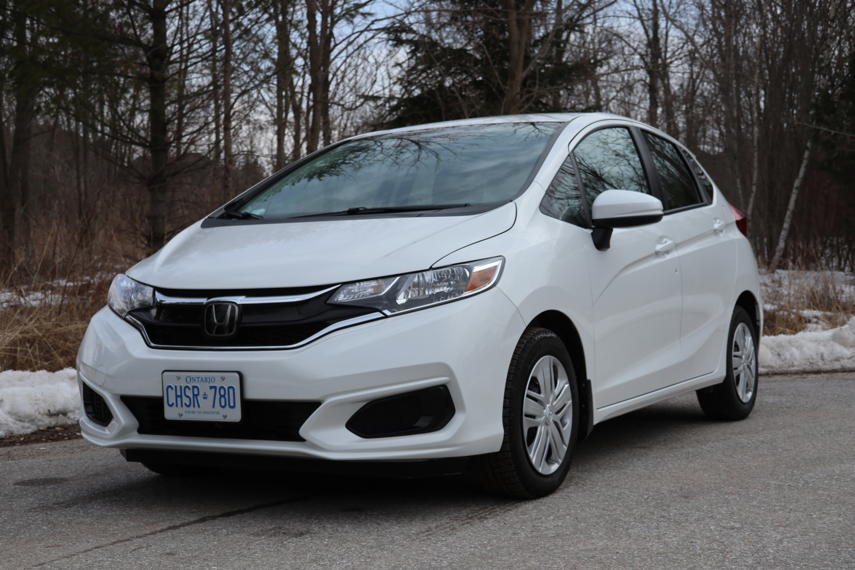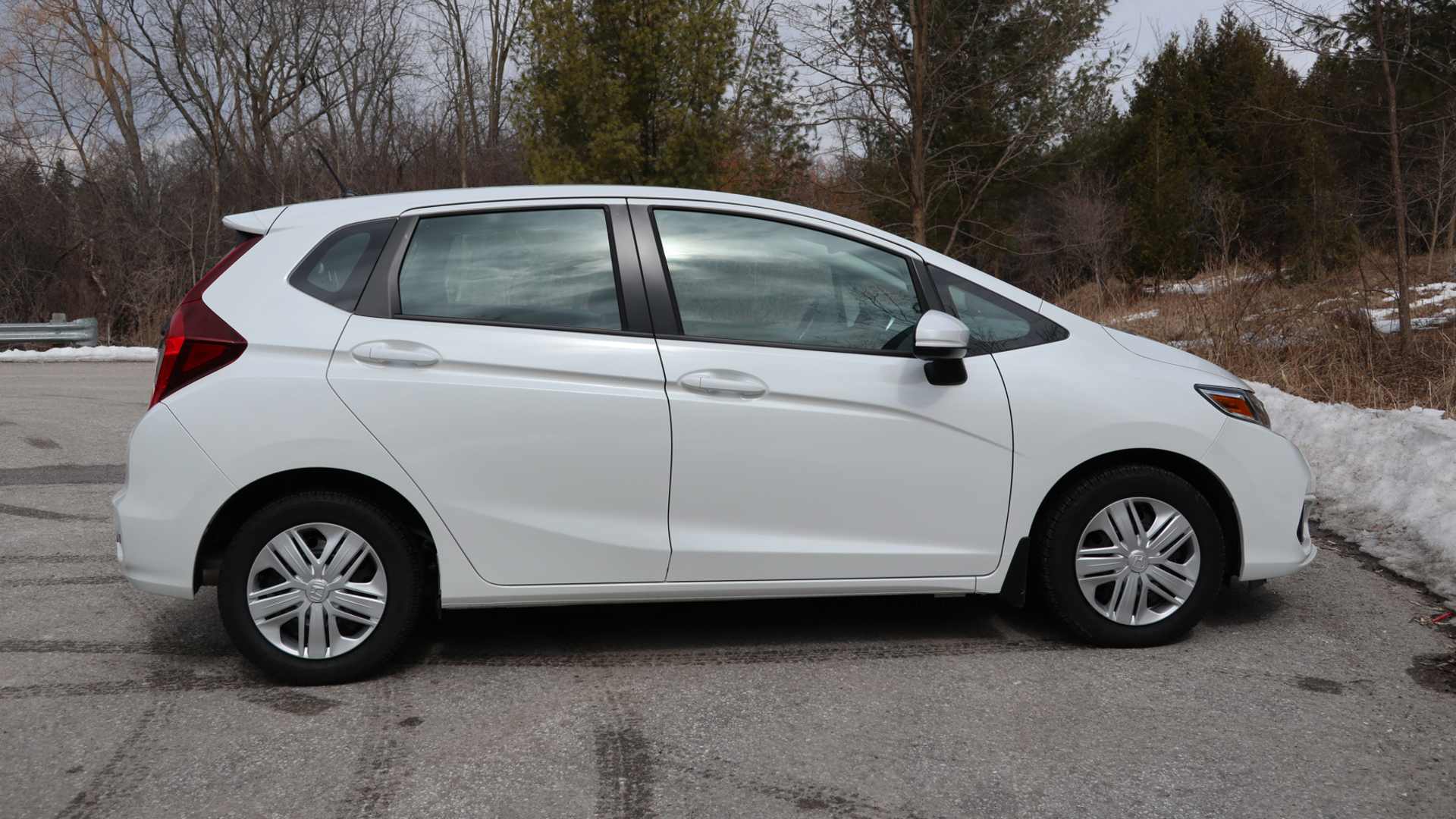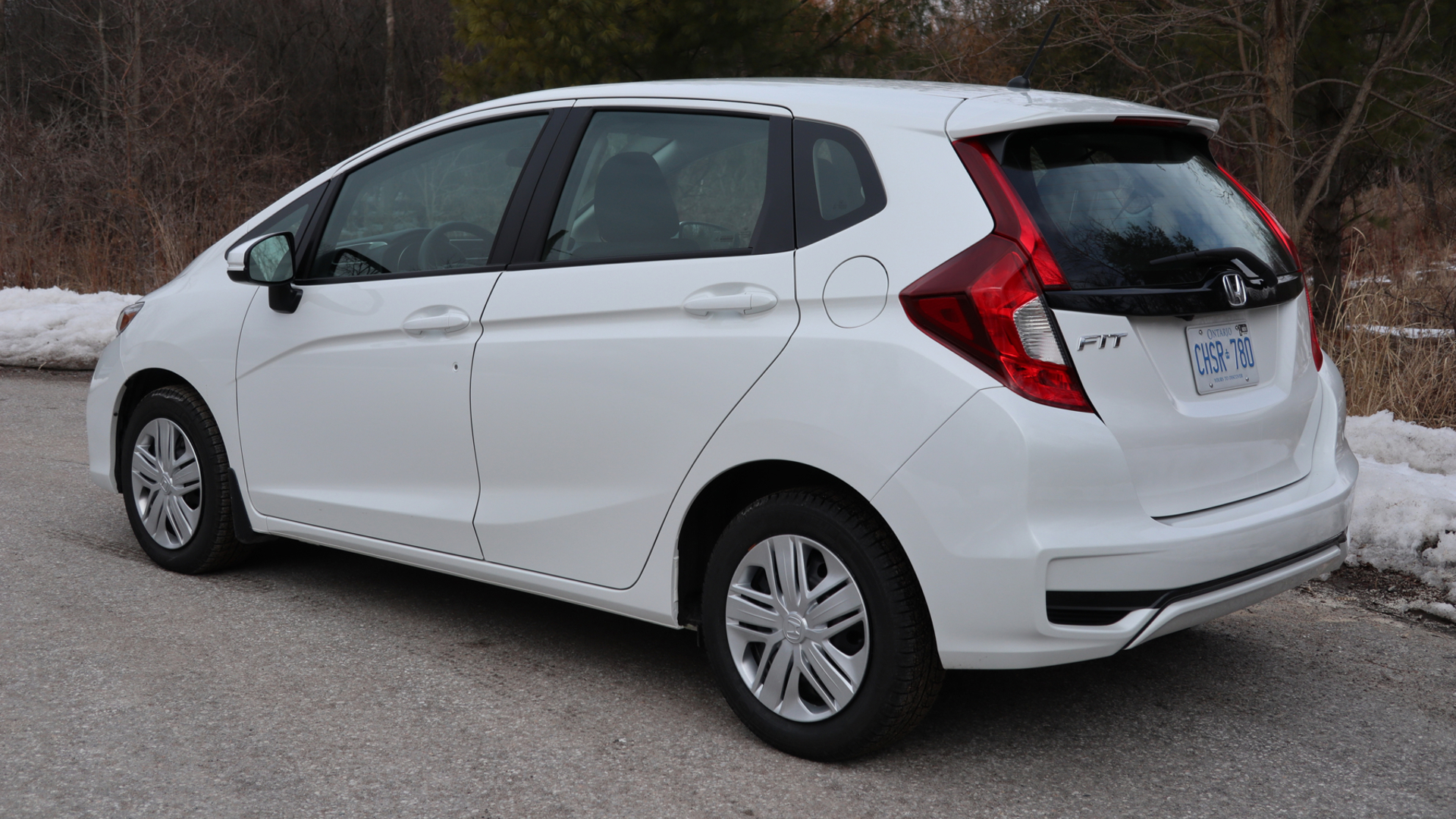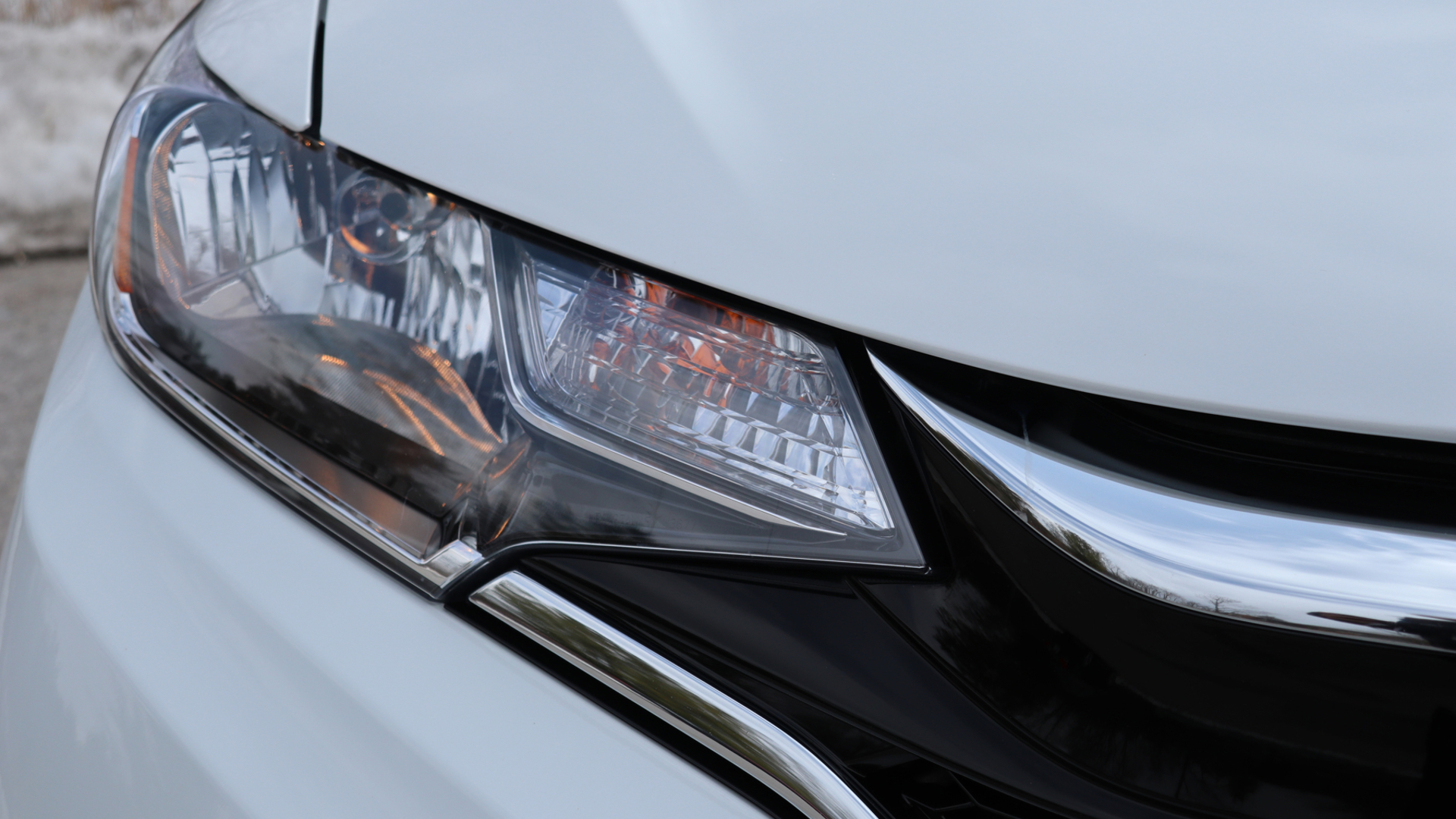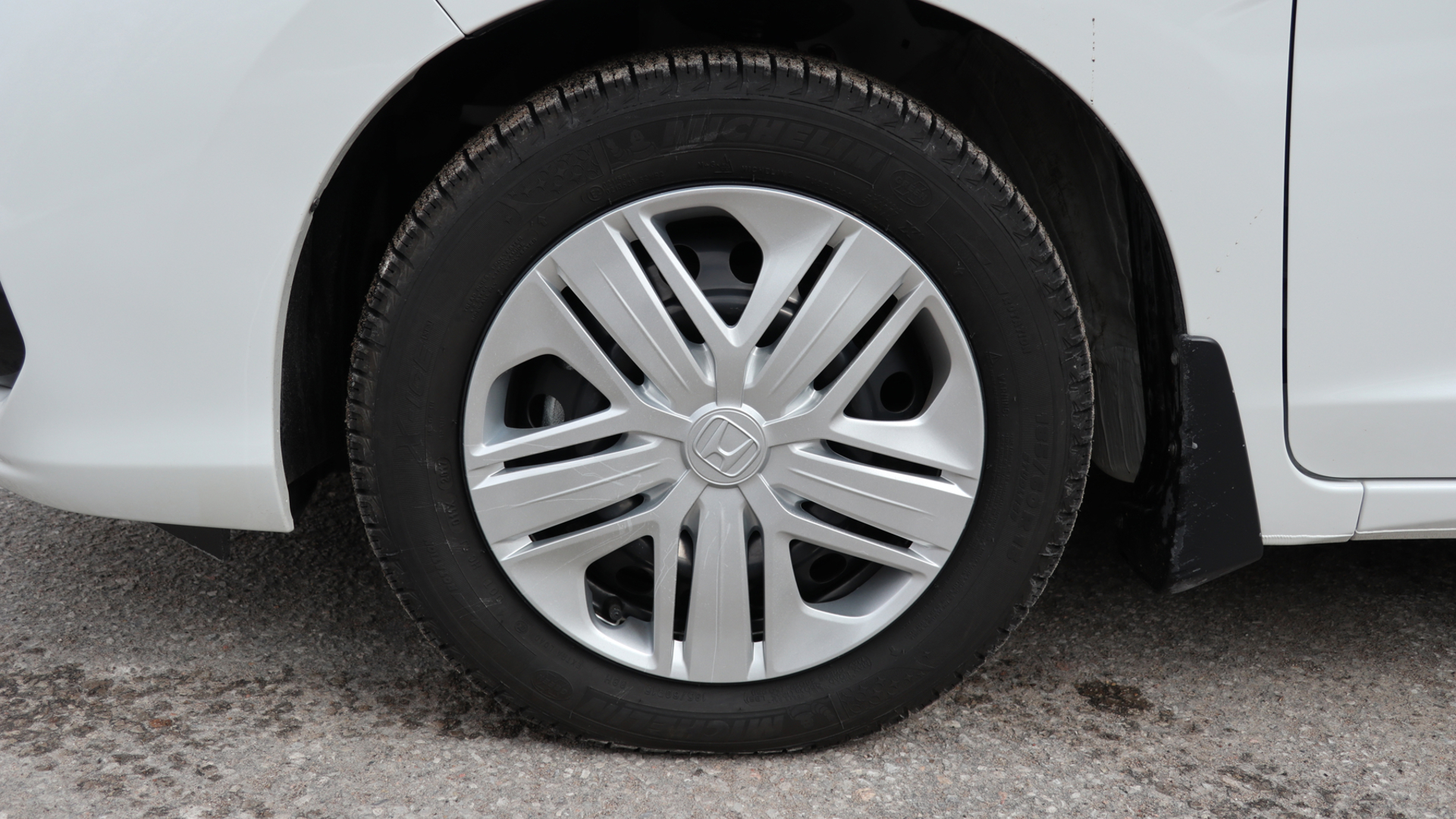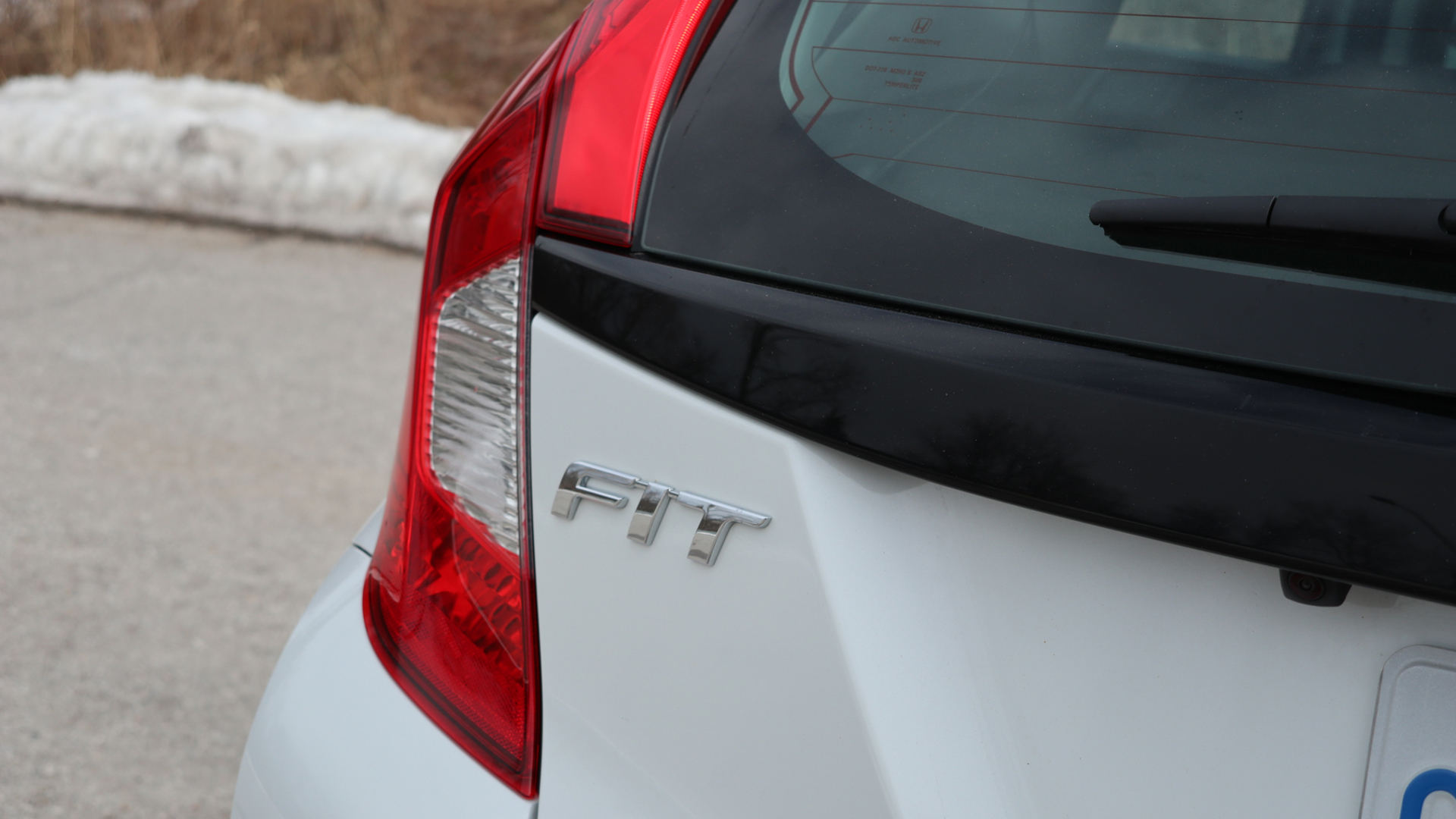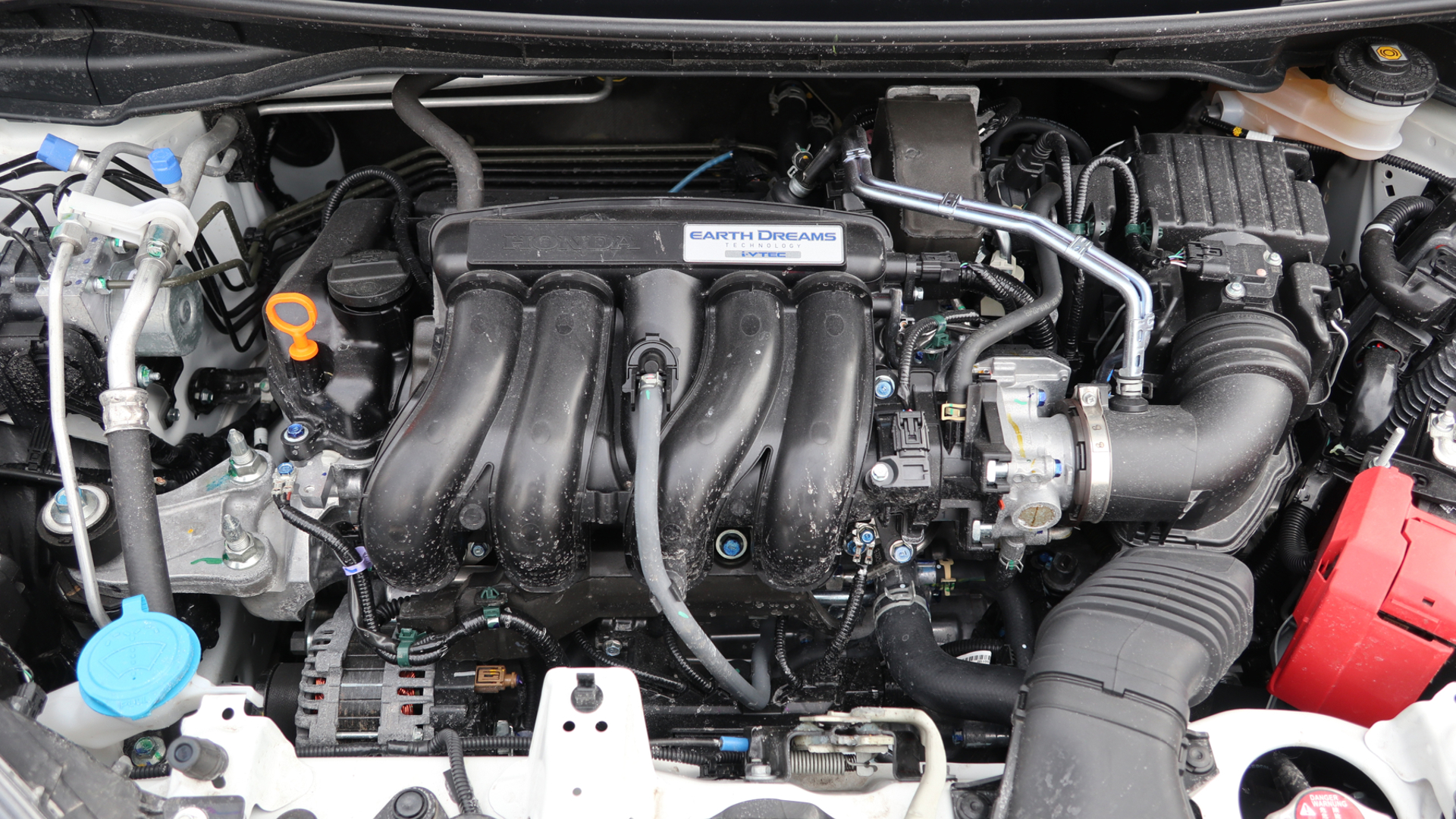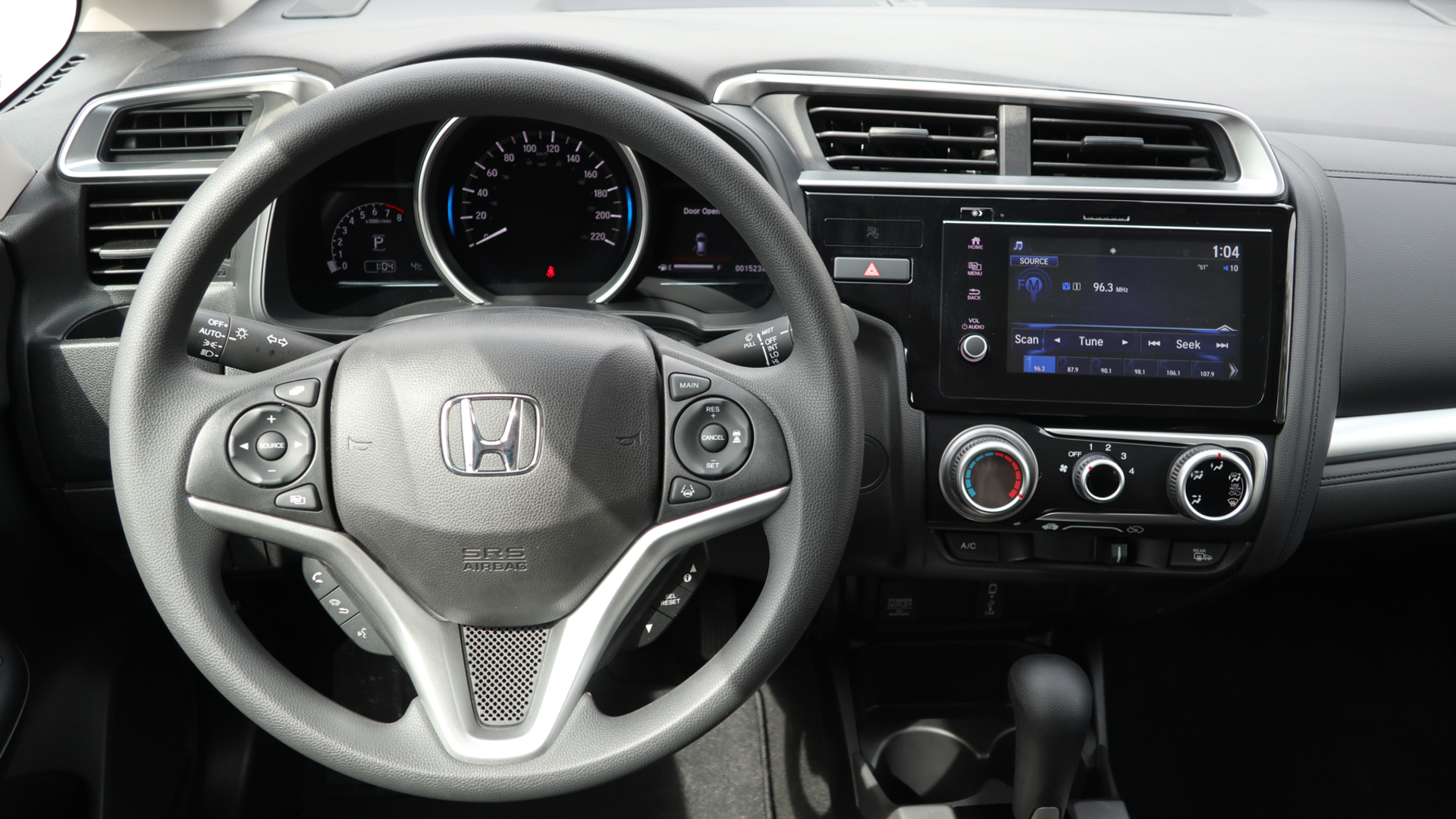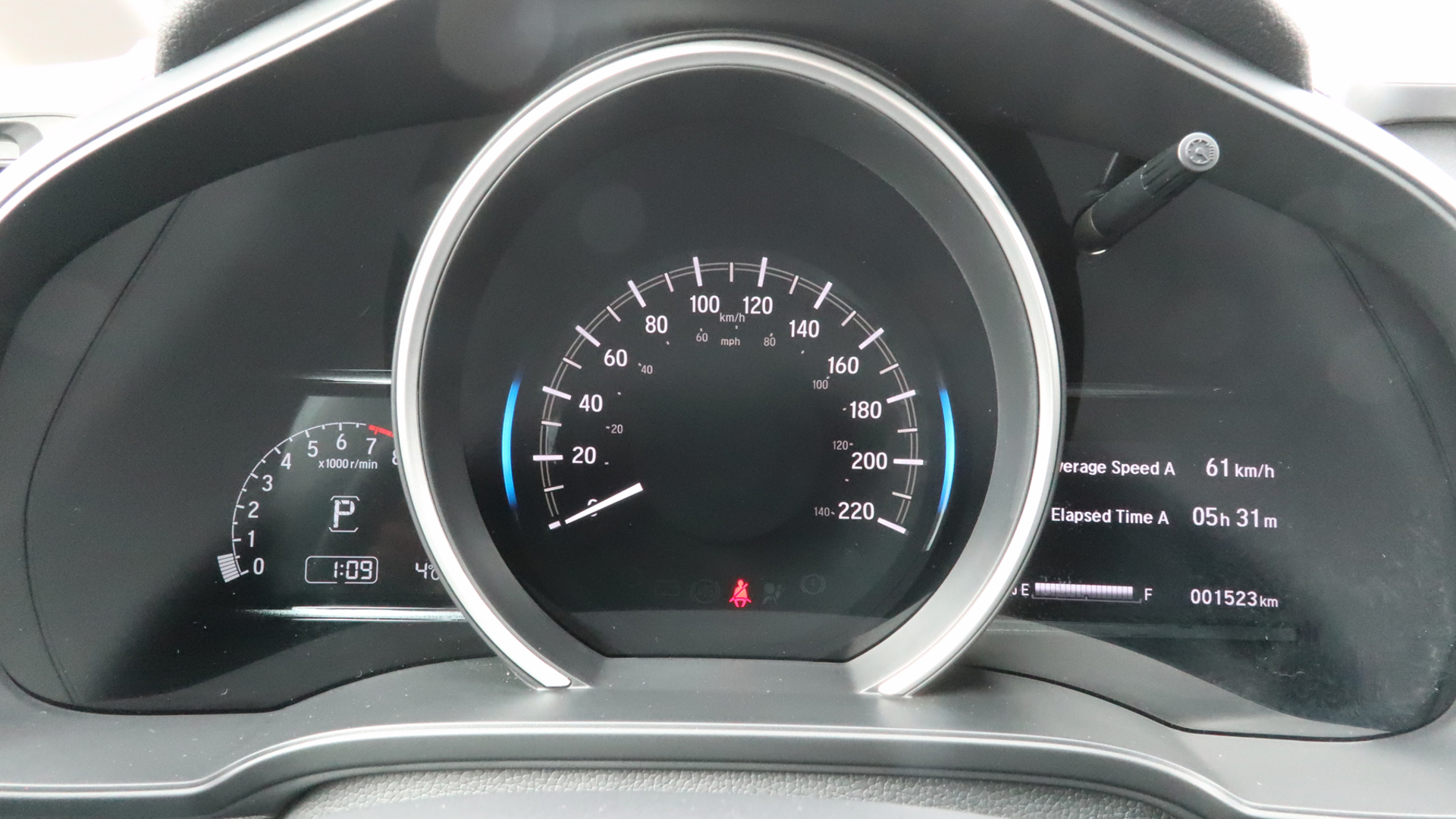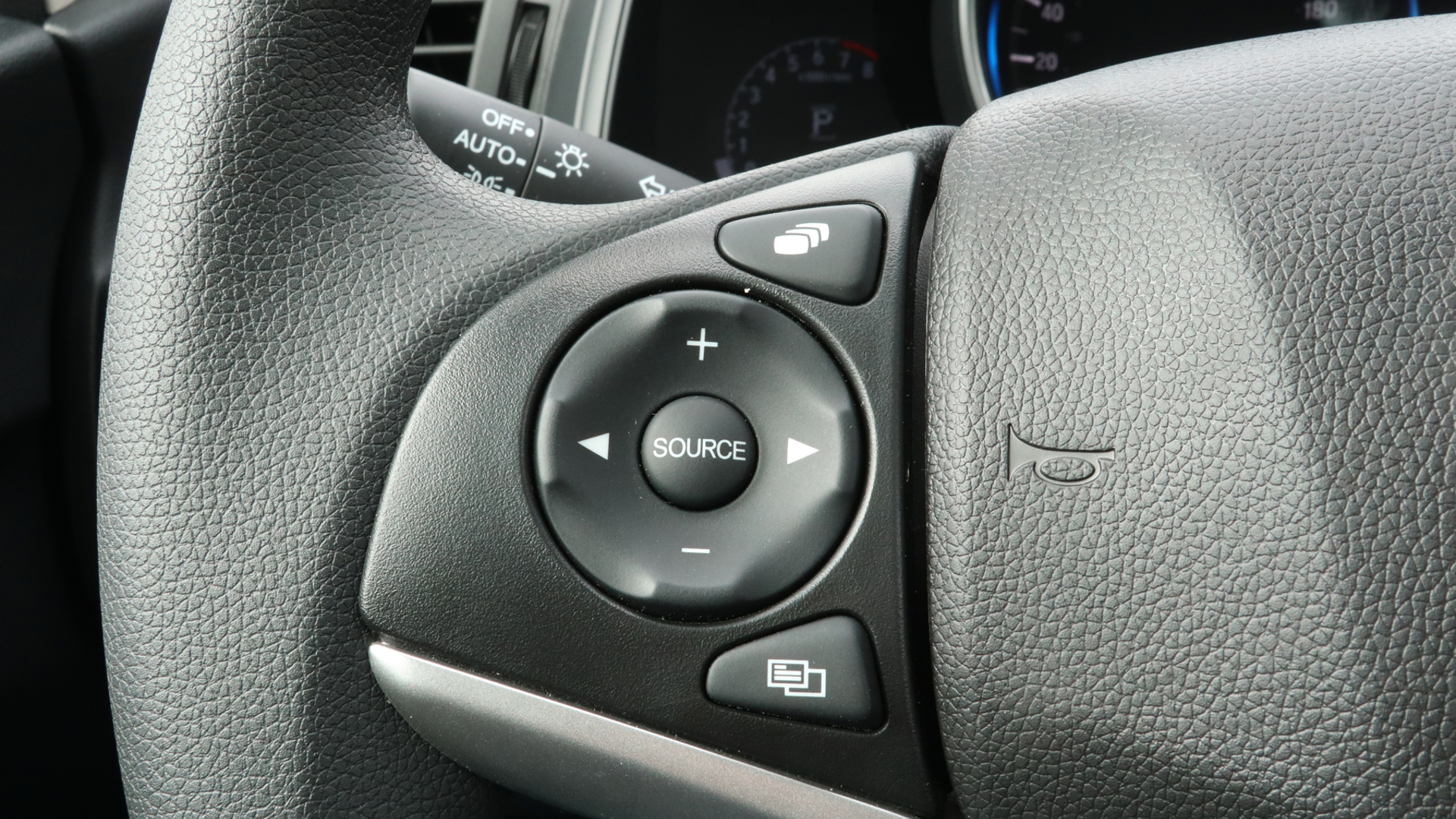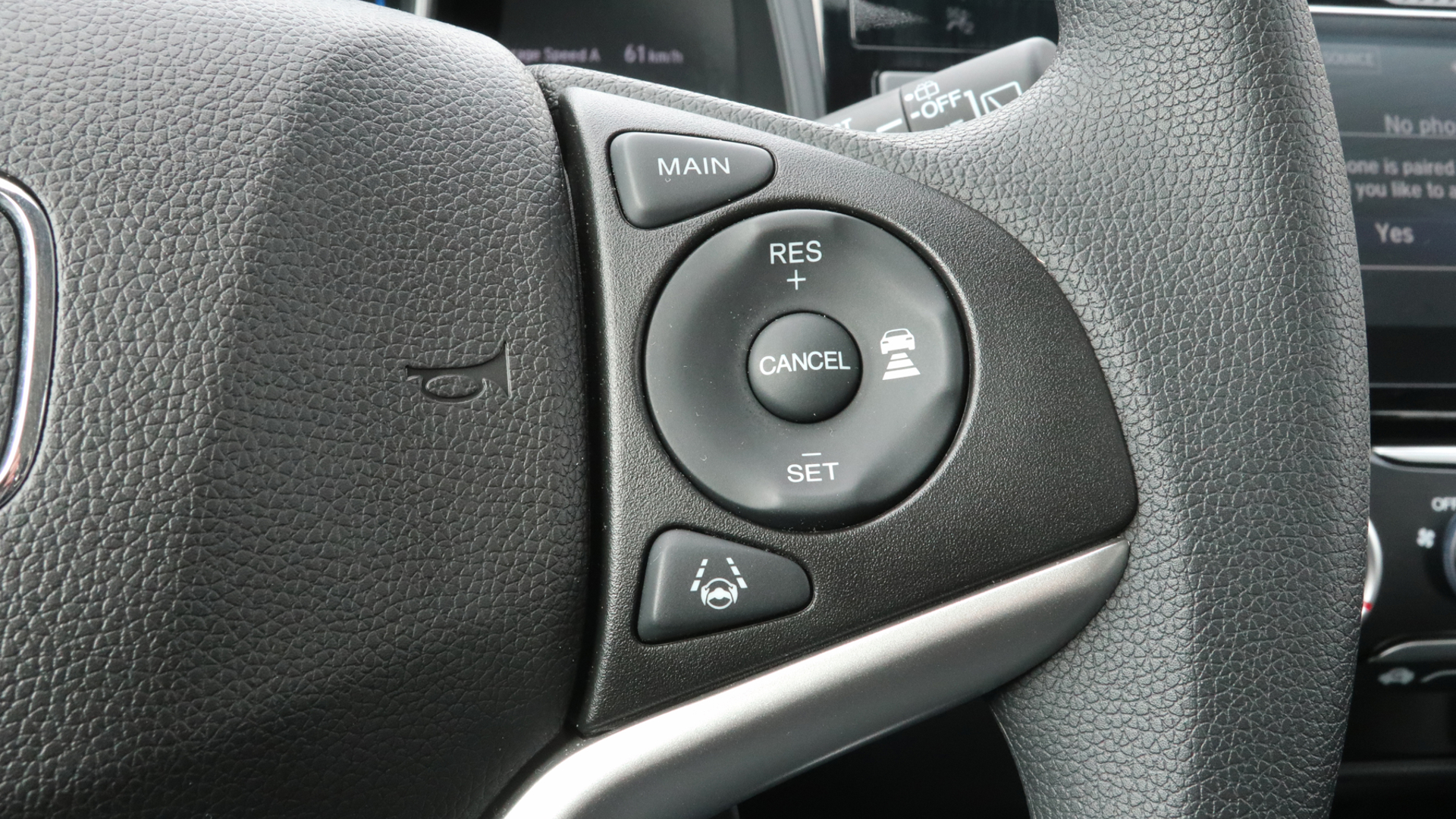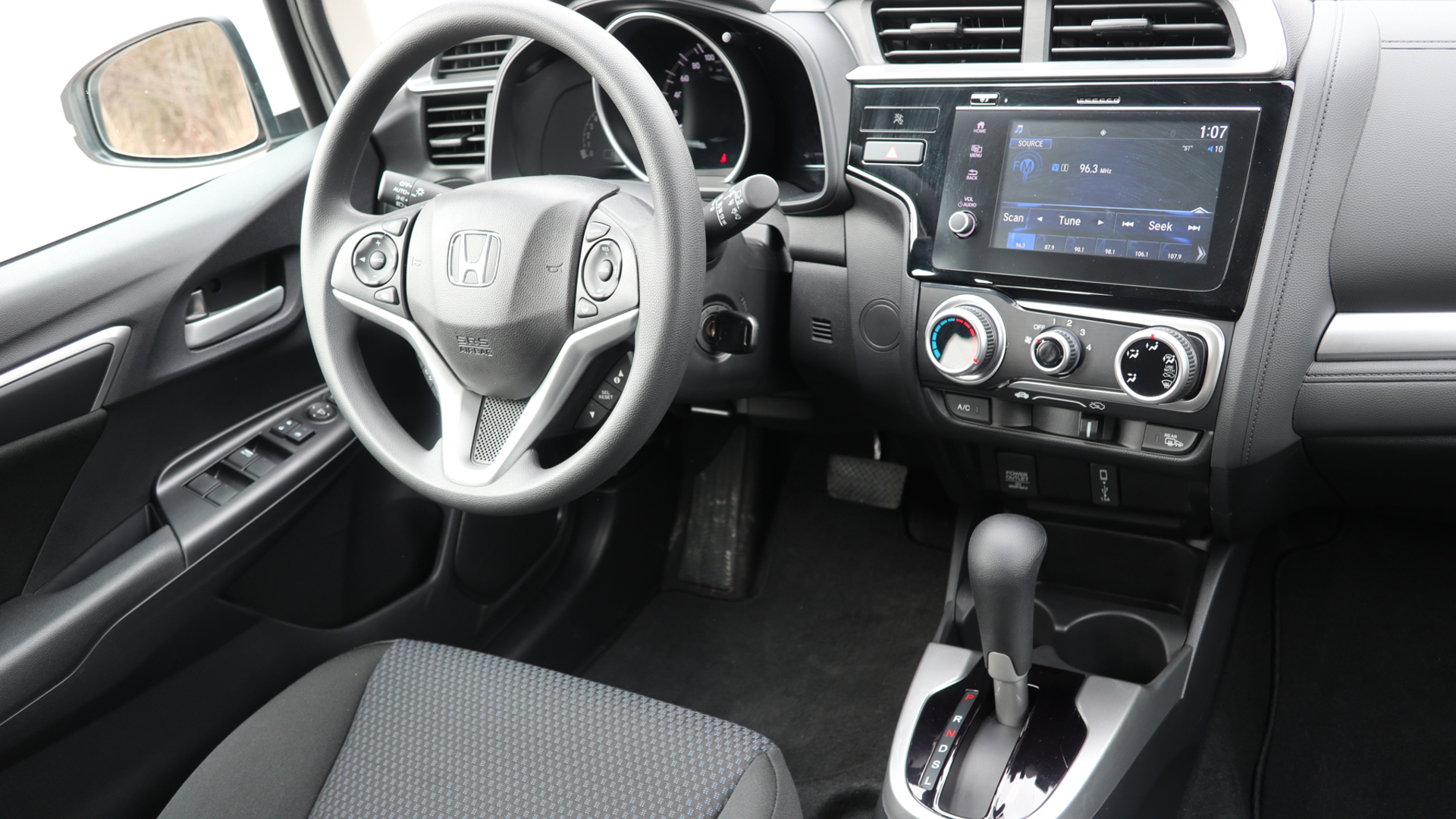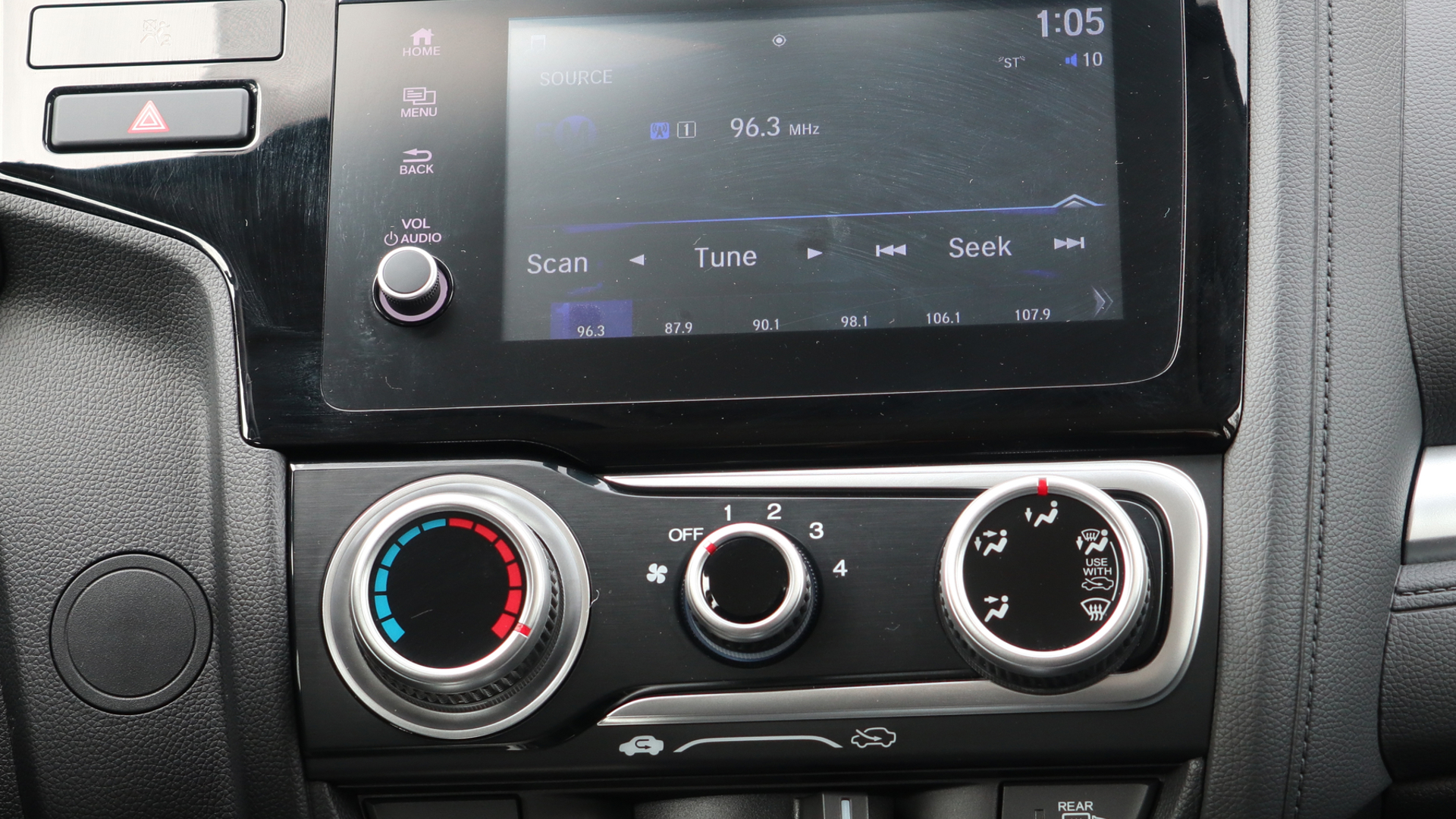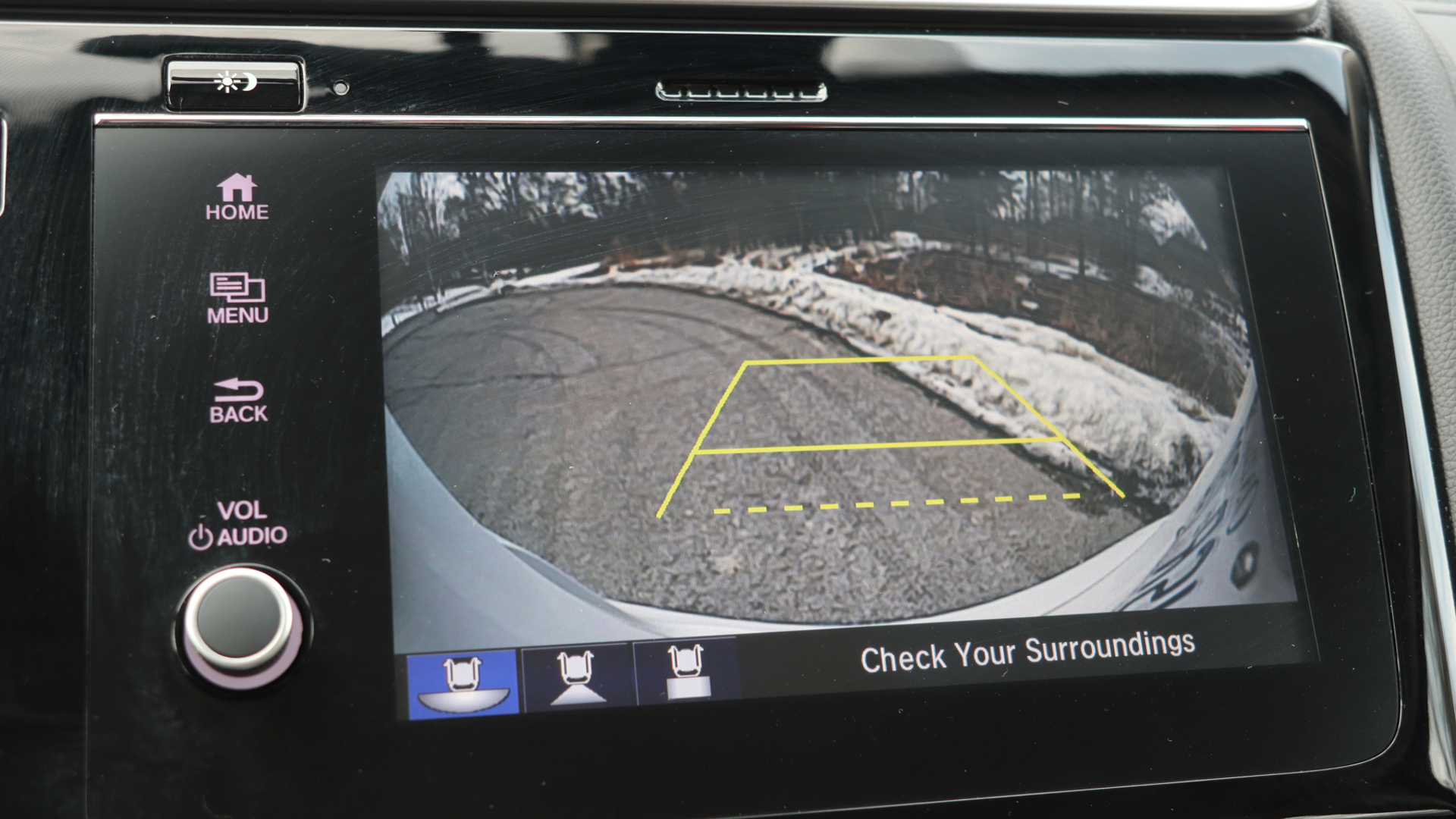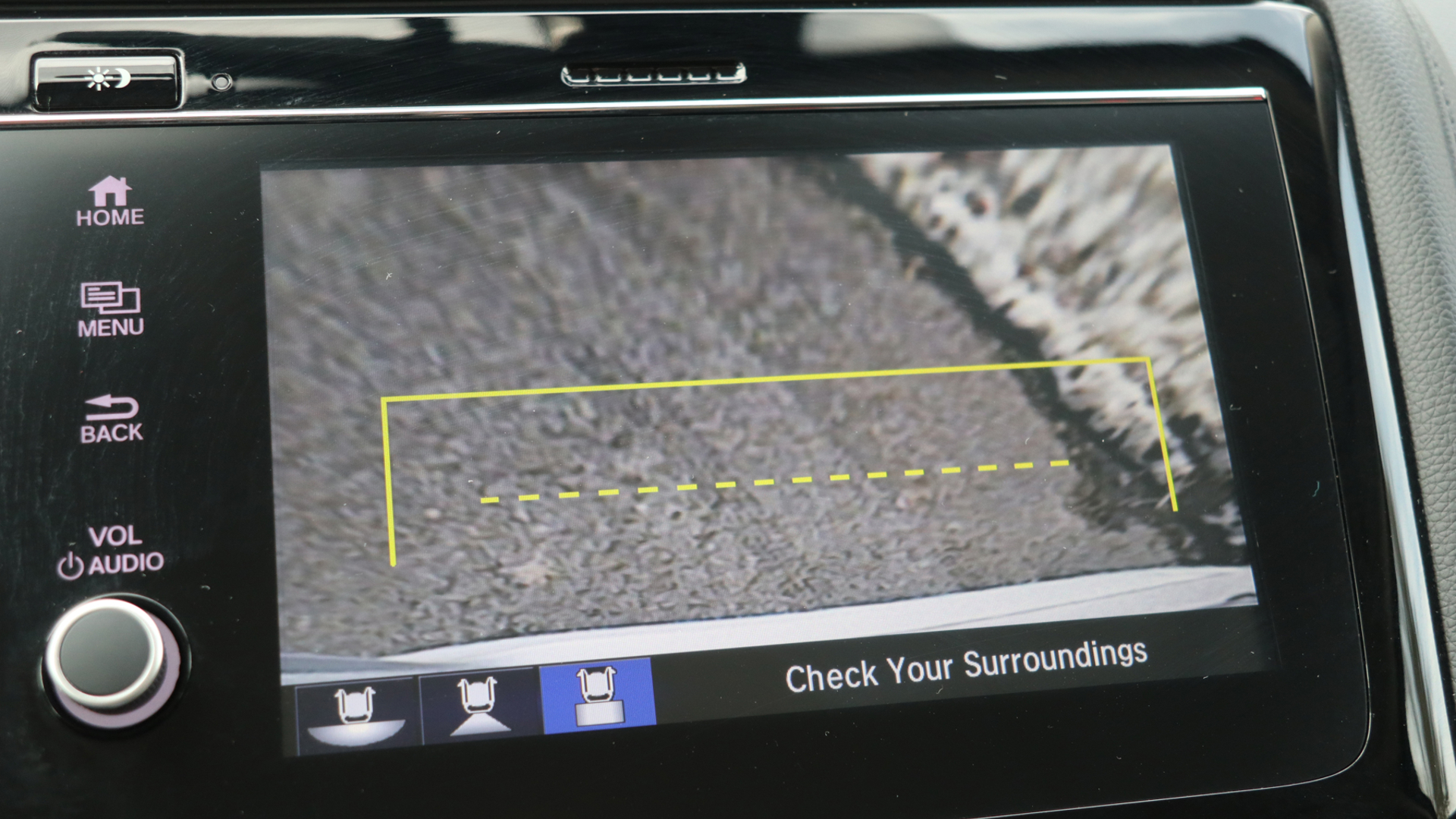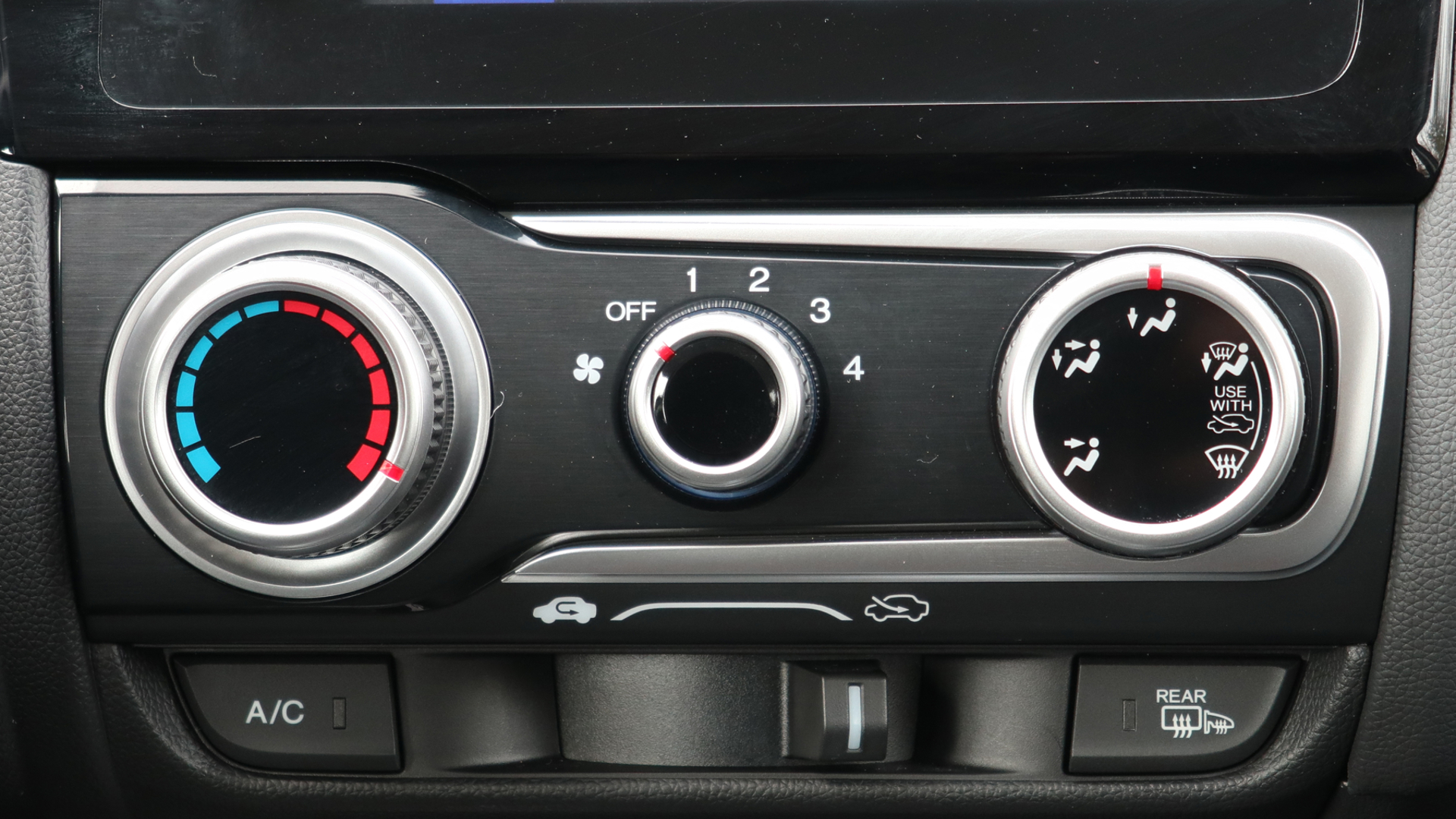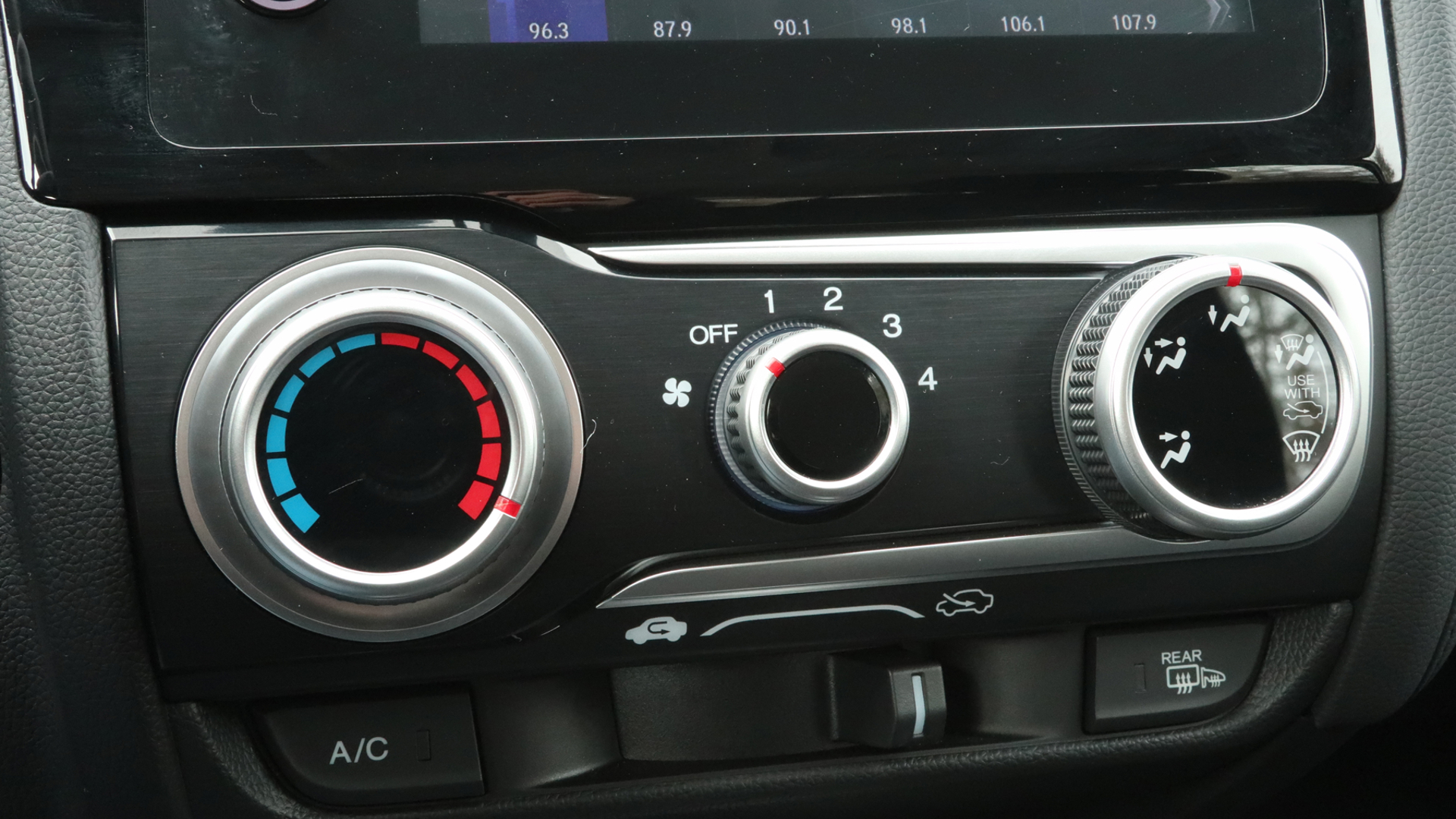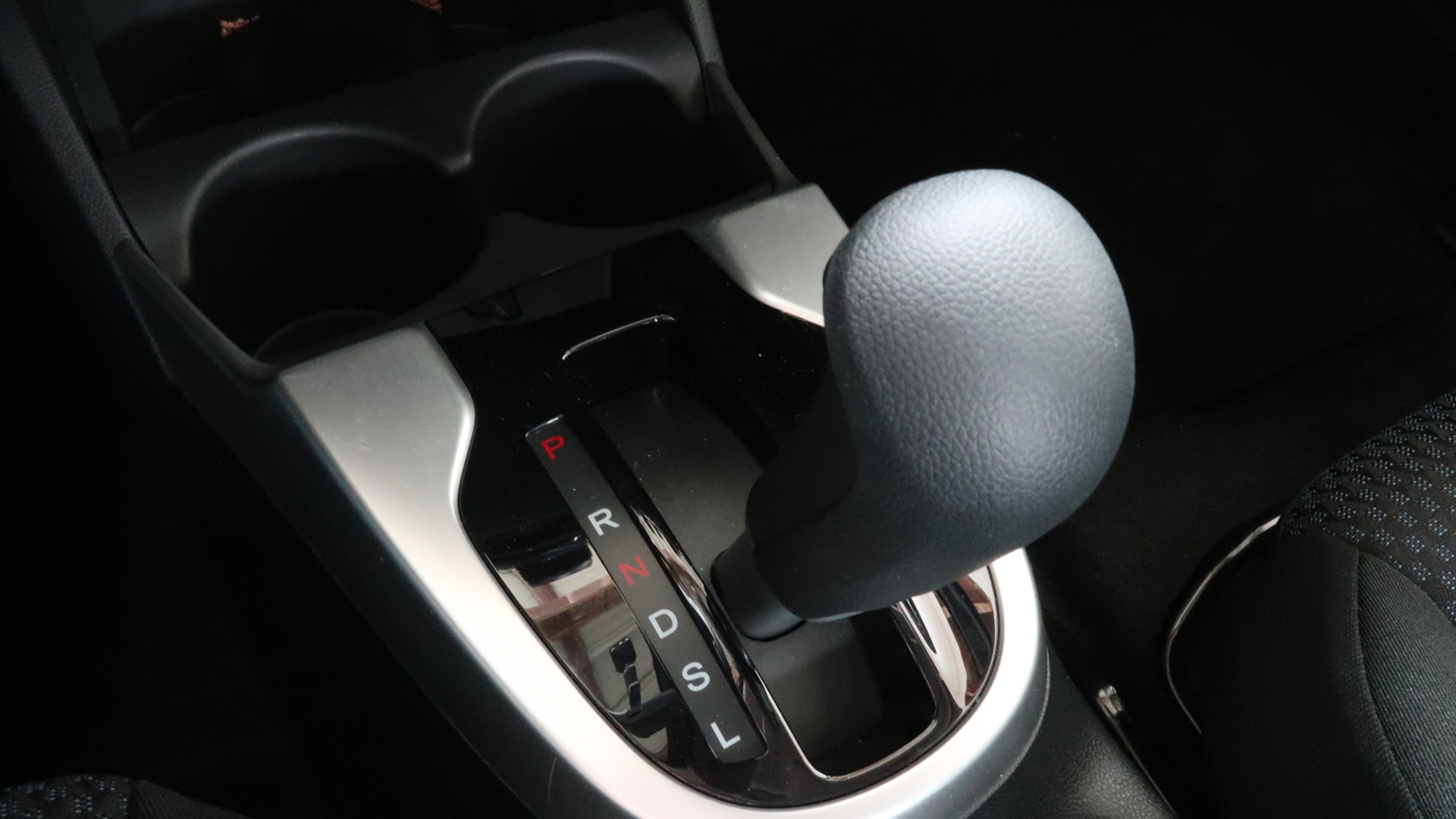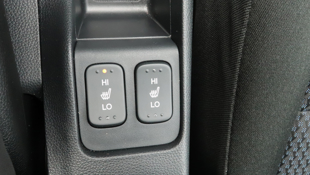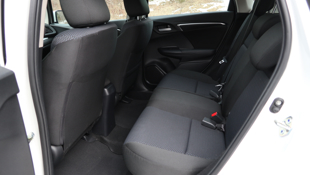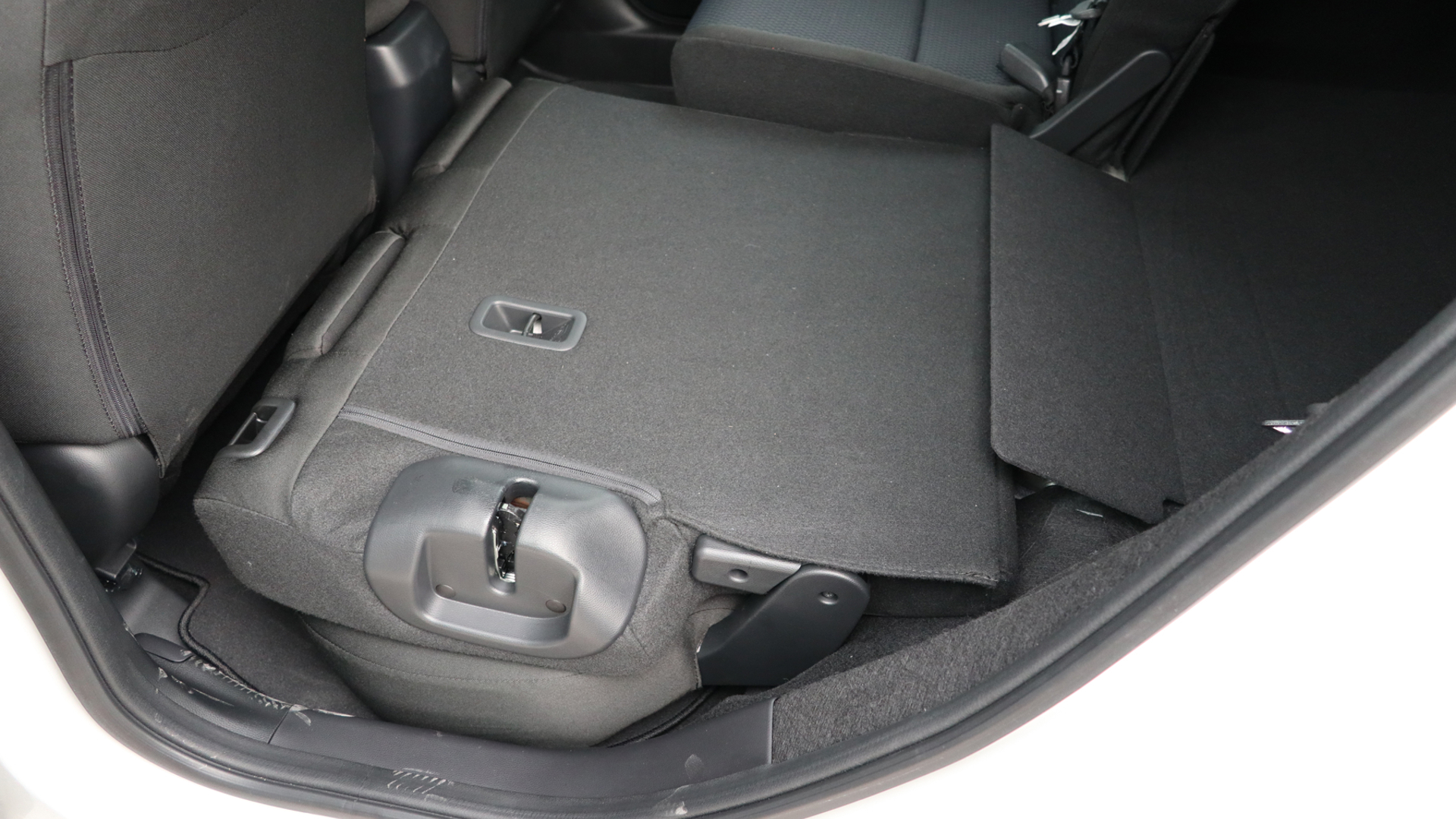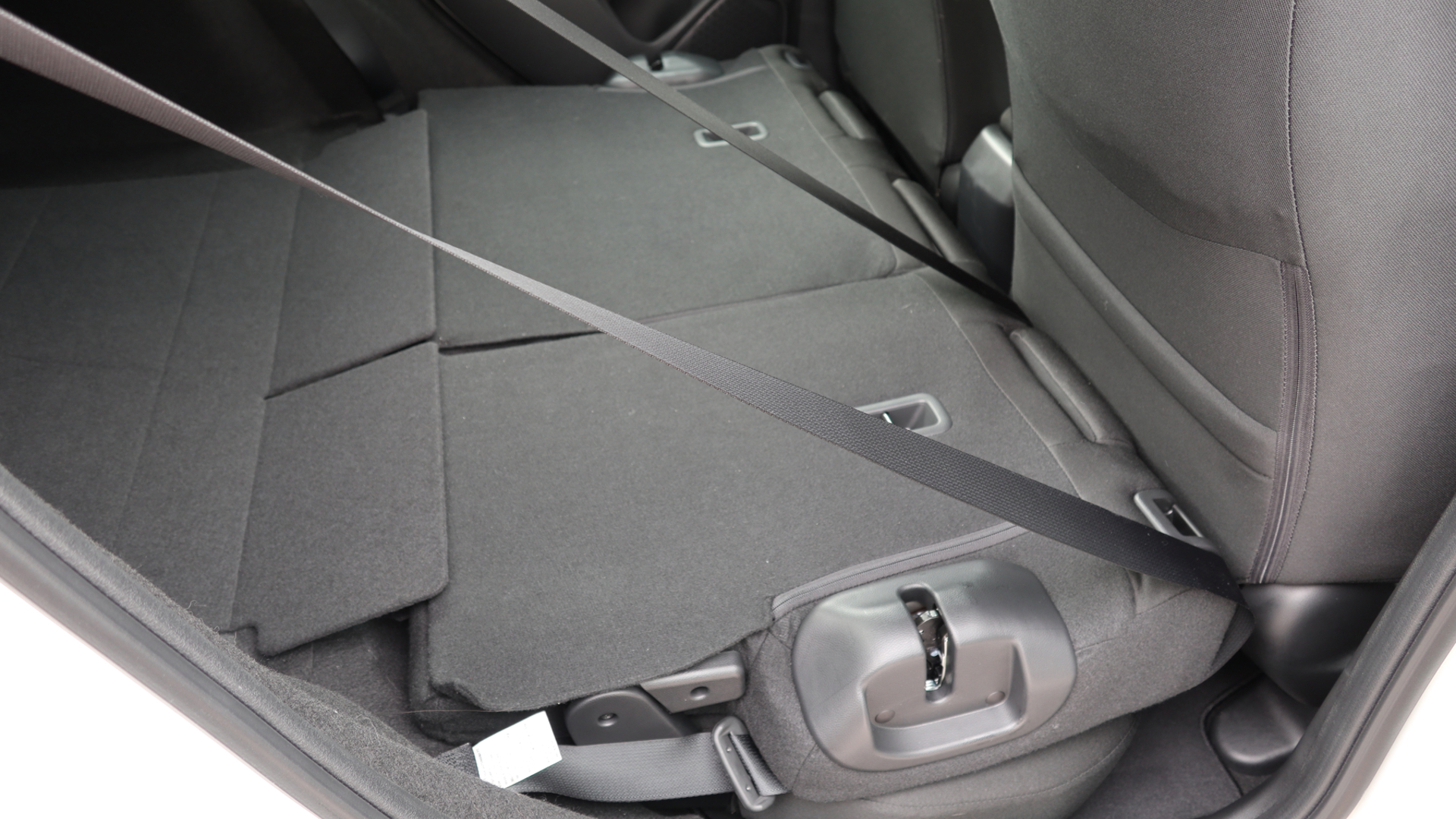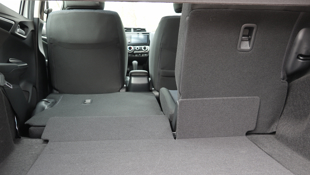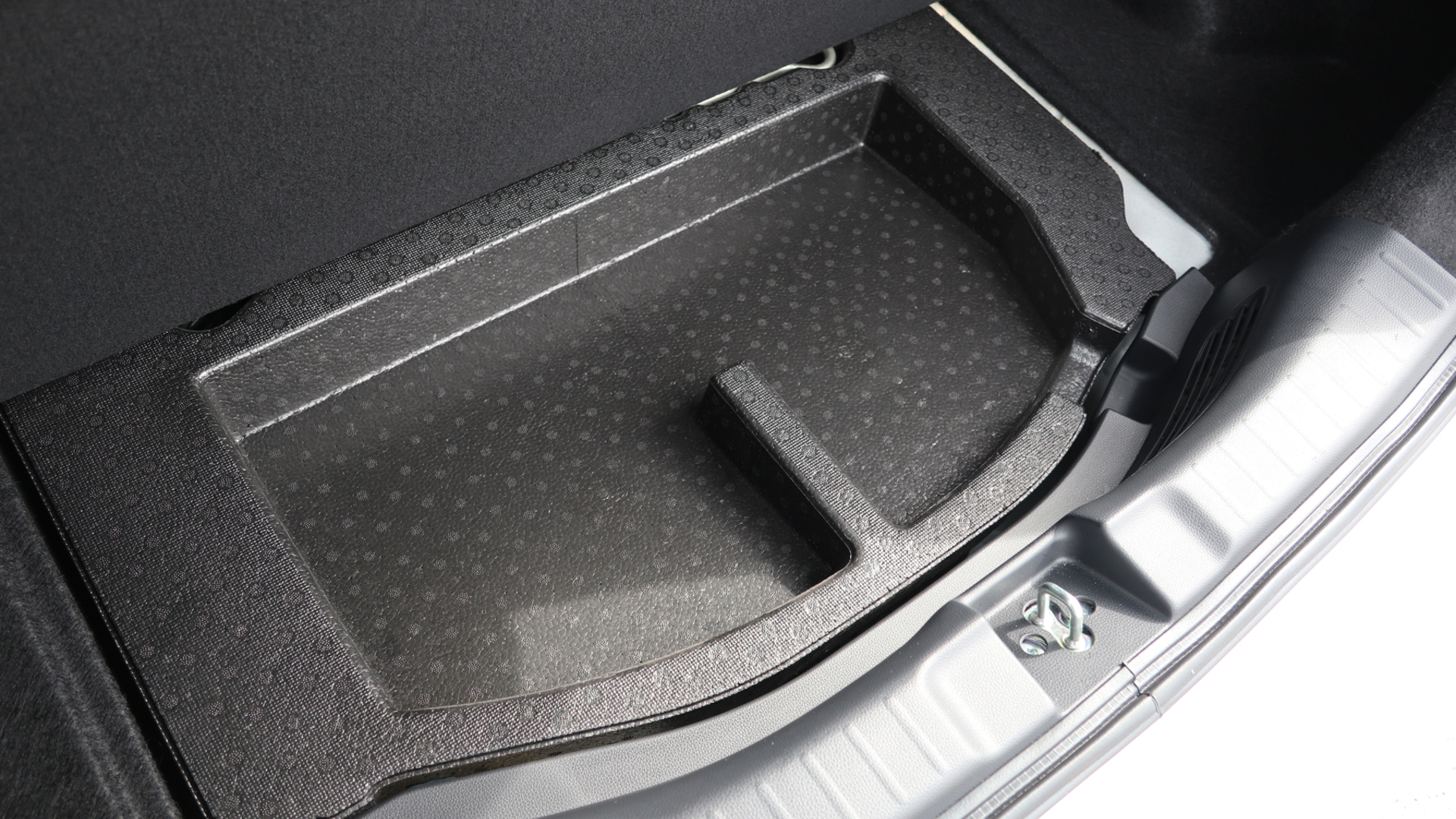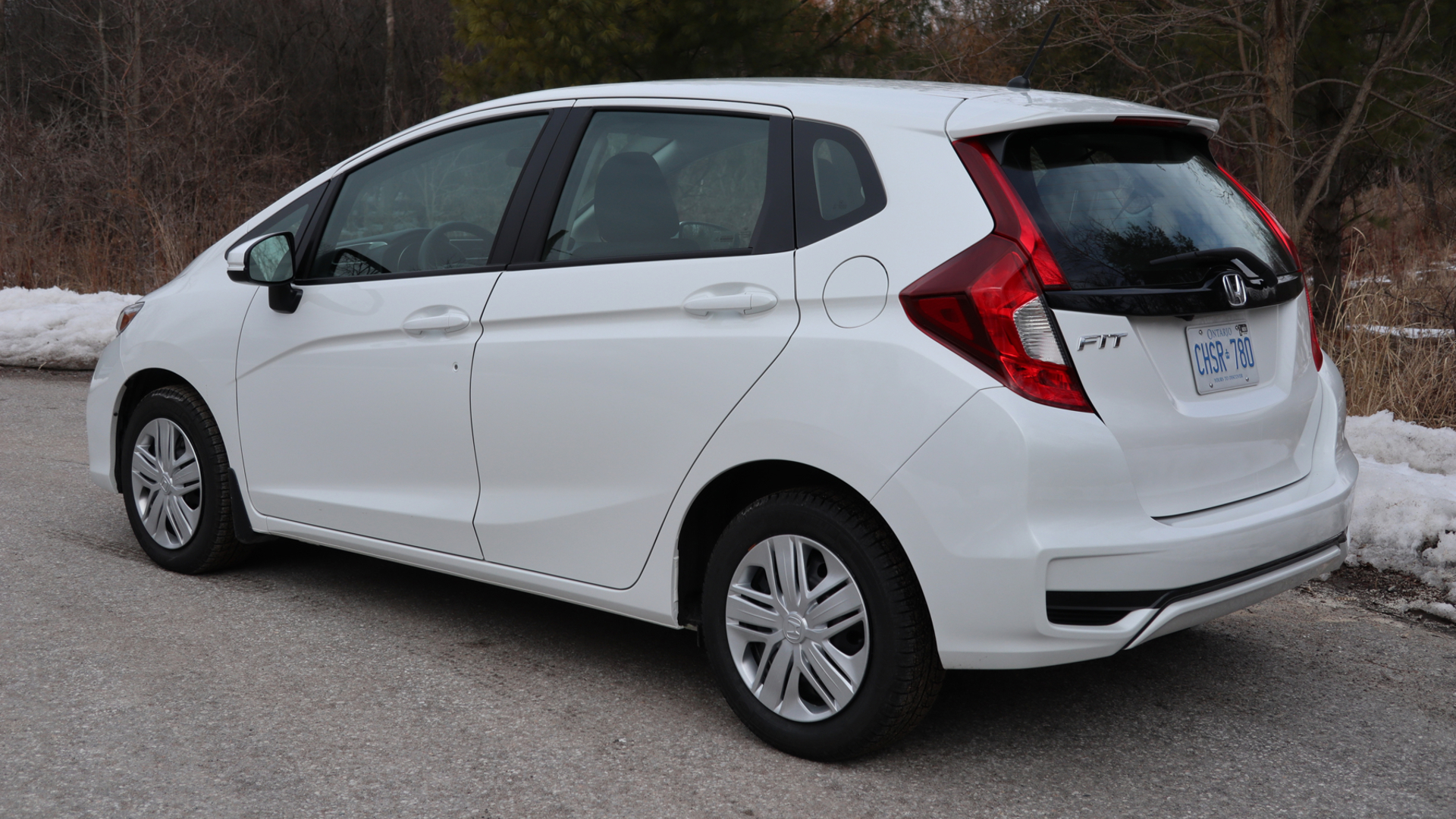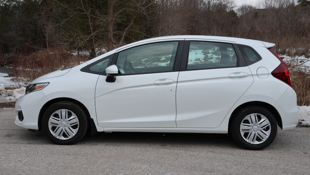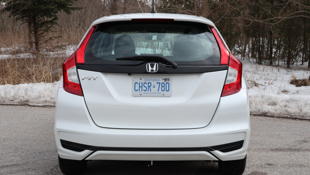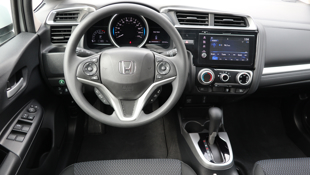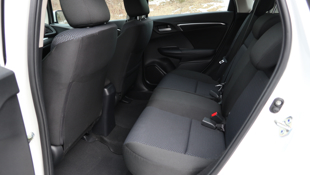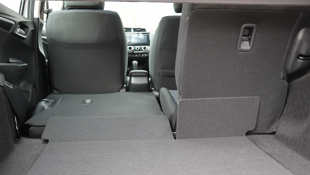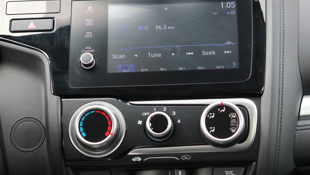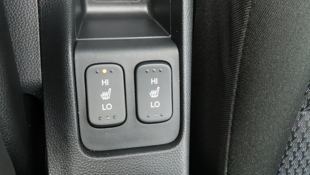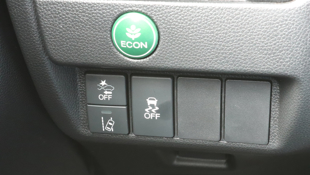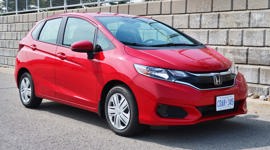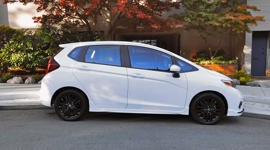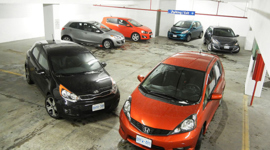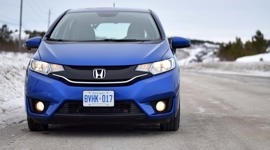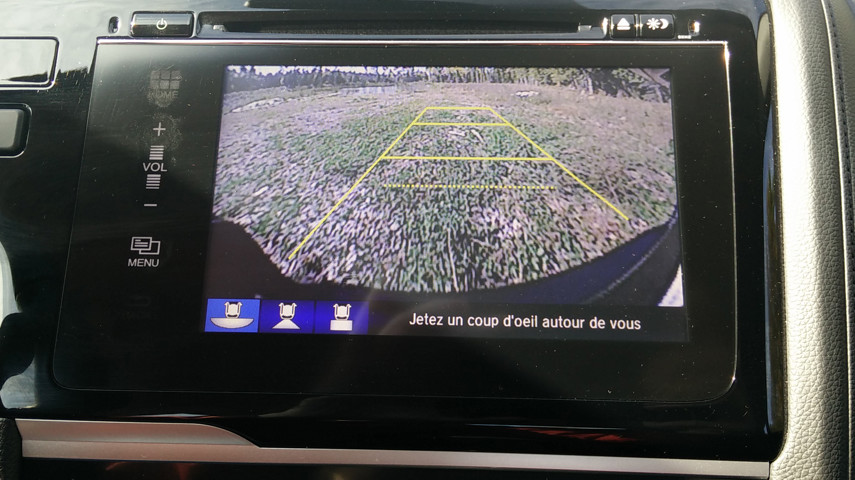 AutoTrader SCORE
AutoTrader SCORE
-
STYLING7/10
-
Safety8/10
-
PRACTICALITY9/10
-
USER-FRIENDLINESS9/10
-
FEATURES8/10
-
POWER7/10
-
COMFORT7/10
-
DRIVING FEEL9/10
-
FUEL ECONOMY8/10
-
VALUE8/10
A long time ago in the Canadian auto world, little was big. Back in 2007, rising fuel prices helped give small cars a comfortable share of the market, but buyers still needed room for passengers and cargo. The Honda Fit, introduced to Canada that year, fit the bill nicely.
Its big deal was its so-called “Magic Seat”, where its rear chairs could be flopped and folded to maximize cargo space. That’s still a bonus in this little hatchback, which got a freshening-up for 2018 with some styling updates, the addition of Android Auto and Apple CarPlay (on all but the base DX trim), and the availability of a package of active safety features, called Honda Sensing.
In this brave new world where sport-utes and crossovers rule the roads, it’s fun to get back into a car again, with a more up-close-and-personal feel with the road and the ability to easily slip into any parking spot. The Fit is no powerhouse, but it handles surprisingly well for this bracket.
It starts at $15,490 for the base DX, which comes only with a manual transmission, and tops out at $22,190 for the EX, which is only offered with a continuously-variable automatic transmission (CVT). The mid-range LX and Sport models come with either choice of gear-shifting unit. My tester, the LX with CVT, chimed in at $20,190 before freight and taxes, plus an extra $300 for its coat of Platinum White Pearl paint, which sparkled with a fetching greenish sheen in the sun.
Honda’s usually priced a bit higher than the competition, and you can get into a base Nissan Versa Note for $14,698; into a Hyundai Accent hatchback for $14,599; or a Toyota Yaris hatchback for $15,690. You have to do the apples-to-apples comparison when choosing, though. The base Fit is $792 more than the base Versa, but has a stronger engine, power windows, power locks, LED taillights, and that split-folding rear seat that the Versa does not, along with a six-speed manual to the Versa’s five-speed. However, all Versa models have air conditioning, which the base Fit does not include and which can’t be added.
All Fit models use a 1.5 L four-cylinder with direct injection. Output depends on the transmission, but the difference is insignificant – 128 hp (CVT) versus 130 (manual), and 113 lb-ft of torque (CVT) versus 114 (manual). My hat is off to anyone who will actually feel the difference in this application.
Acceleration isn’t swift, but it’s certainly acceptable for the segment. Honda added extra insulation during last year’s makeover, but the engine and CVT can still get buzzy and give you a background drone, especially at highway speeds. Again, though, it’s nothing out of the ordinary for this level of price and performance. Over my week with it, I averaged 7.6 L/100 km, against its published rate of 6.5 L/100 km in combined city/highway operation.
But even with those relatively timid power numbers, the Fit is fun. For me, Honda ranks well above Toyota and just below Mazda for steering and handling response, and the Fit follows your commands with nimble dexterity that’s much better than you’d expect for the price.
The Honda Sensing package is standard on all models equipped with a CVT, but can’t be added to stick-shift Fits. It adds adaptive cruise control, lane-keep assist, forward collision warning, emergency braking, and road departure mitigation. The adaptive cruise is very smooth – a few of these on some vehicles are still jerky as they approach traffic, or when the car in front moves away. And when you set that and the lane-keeping, the Fit can drive itself on the highway. However, it is meant as a safety-and-convenience aid, not an excuse to sit back and relax. After a few seconds with your hands off the wheel, the system beeps a warning to put ̕em back on. If you don’t, the automatic aids shut off.
Inside, the Fit’s styling is economy-car plain and simple. The LX’s manual climate control uses big buttons and dials, which I always prefer to tiny toggles, or worse, little centre screen icons that take your eyes off the road. The stereo is a bit more fiddly: it has a button for the volume, but everything else is handled through the touchscreen.
In most compact cars, tight legroom is going to be in the rear seats. In the Fit’s case, the rear seat’s fold-function requires much of the available floor space, and so it’s front-seat passengers who get shortchanged. If you’re going to be regularly hauling taller passengers, take them on your test-drive to see how it works out for them. I was fine in the front, but I’m vertically-challenged. My husband, who’s five-foot-nine, complained that he couldn’t stretch his legs out on the front passenger side. That would translate into cramped limbs on a long drive. On the plus side, though, the seats themselves are above-average in comfort and support for this segment.
The ace in the hole for practicality is that rear seat. It folds down; the cushions fold up so you can put taller cargo on the floor; and you can fold the front passenger seat back to give you the car’s full length to stash longer items.
Some of its competitors boast fancier-looking interiors or more stylish exteriors, and some are quieter and feel a bit more sophisticated, but the Fit is still a must-try on the test-drive list. It’s more fun to drive than you might expect, and it can be as practical as a crossover without the extra bulk. For many, it could just be the perfect fit.
| Engine Displacement | 1.5L |
|---|---|
| Engine Cylinders | I4 |
| Peak Horsepower | 128 @ 6,600 rpm |
| Peak Torque | 113 lb-ft @ 4,600 rpm |
| Fuel Economy | 7.0/5.9/6.5 L/100 km city/hwy/comb |
| Cargo Space | 470 / 1,492 L seats down |
| Model Tested | 2019 Honda Fit LX CVT |
| Base Price | $20,190 |
| A/C Tax | $100 |
| Destination Fee | $1,786 |
| Price as Tested | $22,376 |
|
Optional Equipment
$300 – Platinum White Pearl paint $300
|
|
